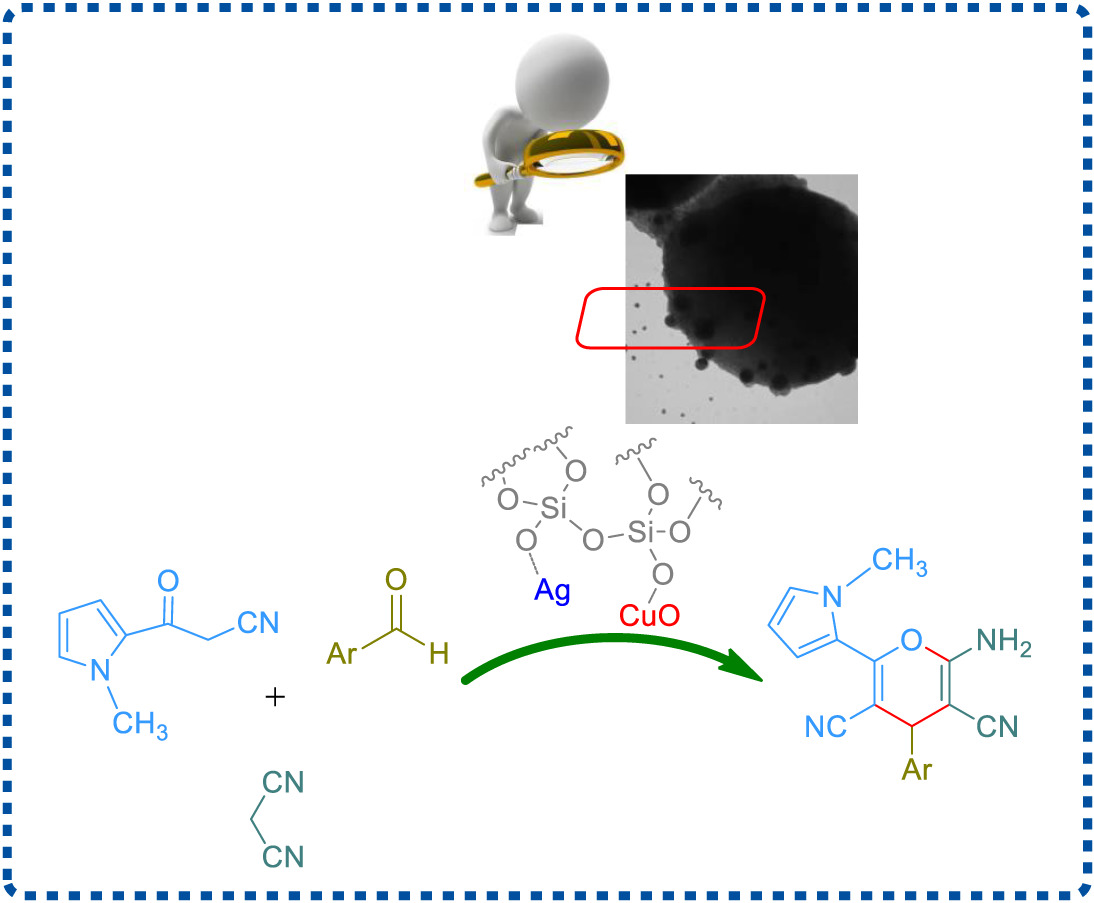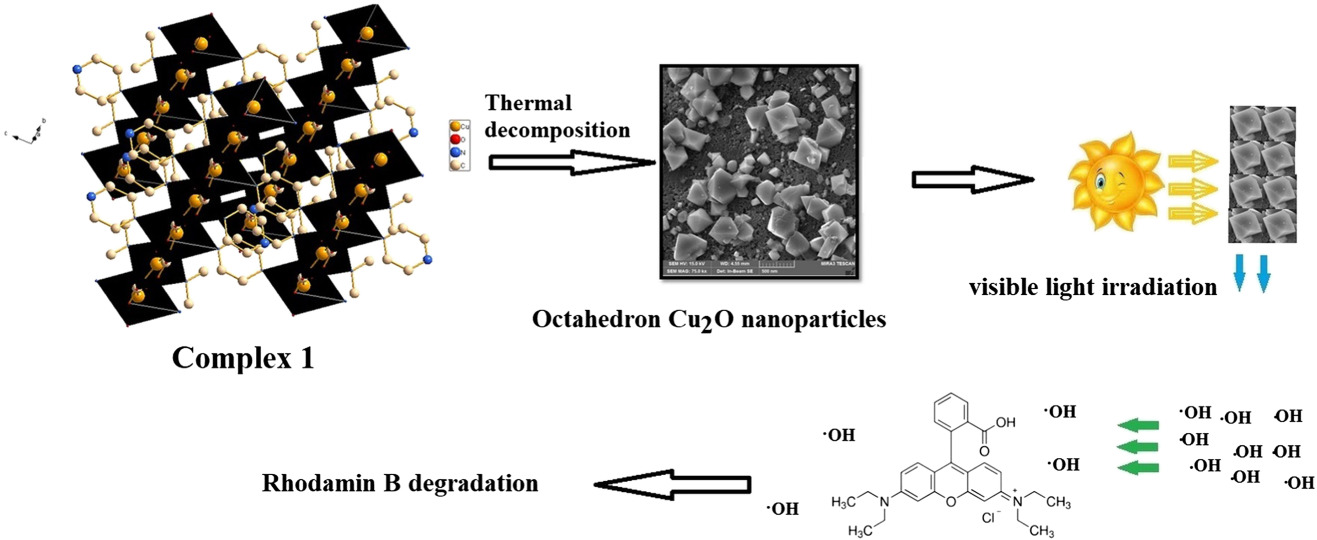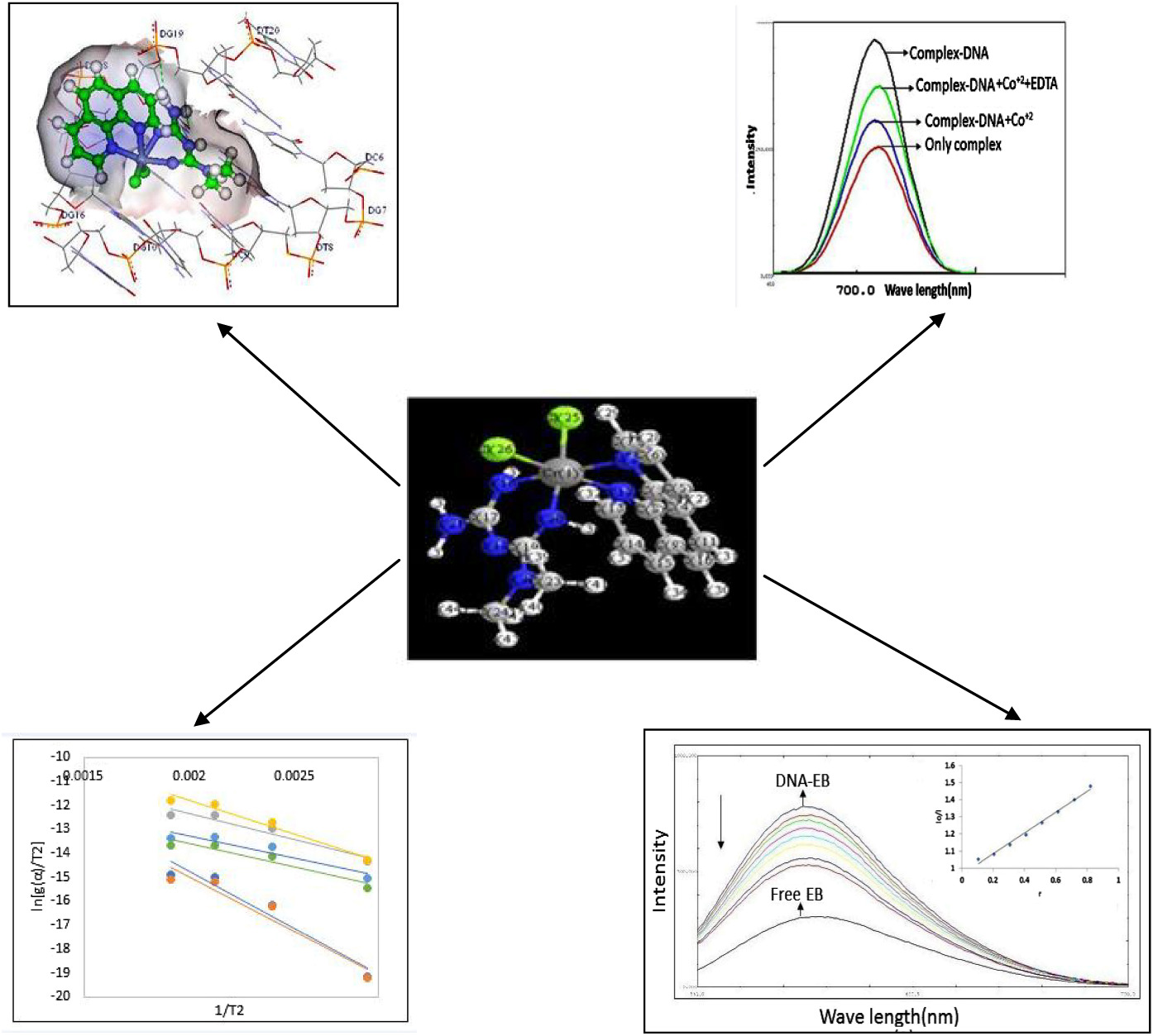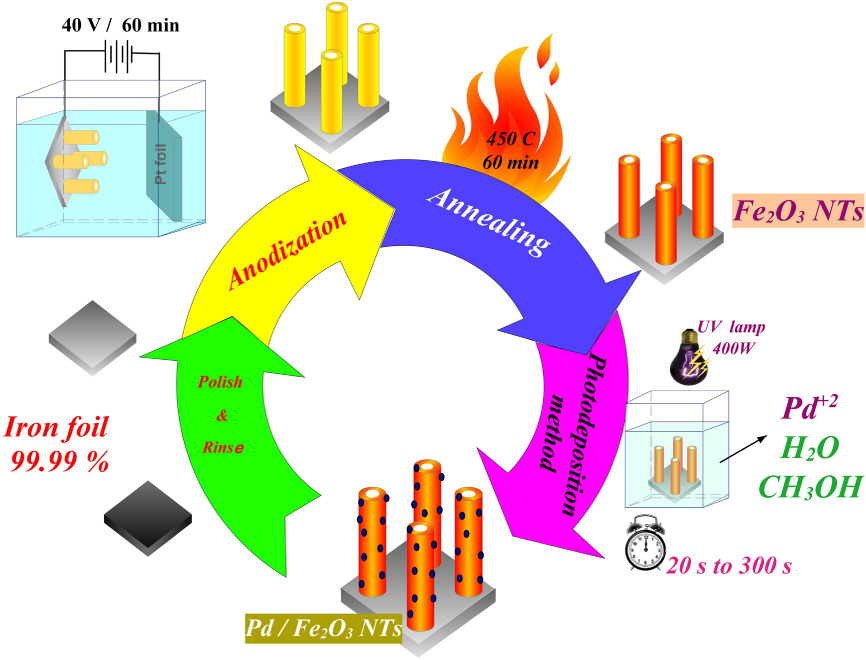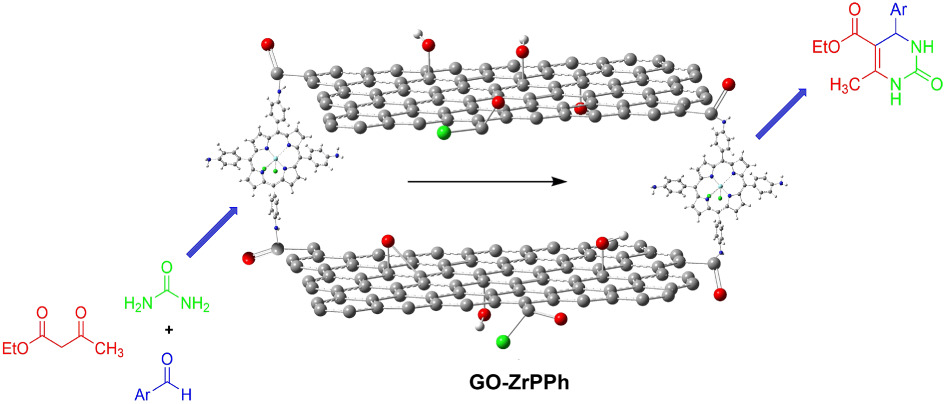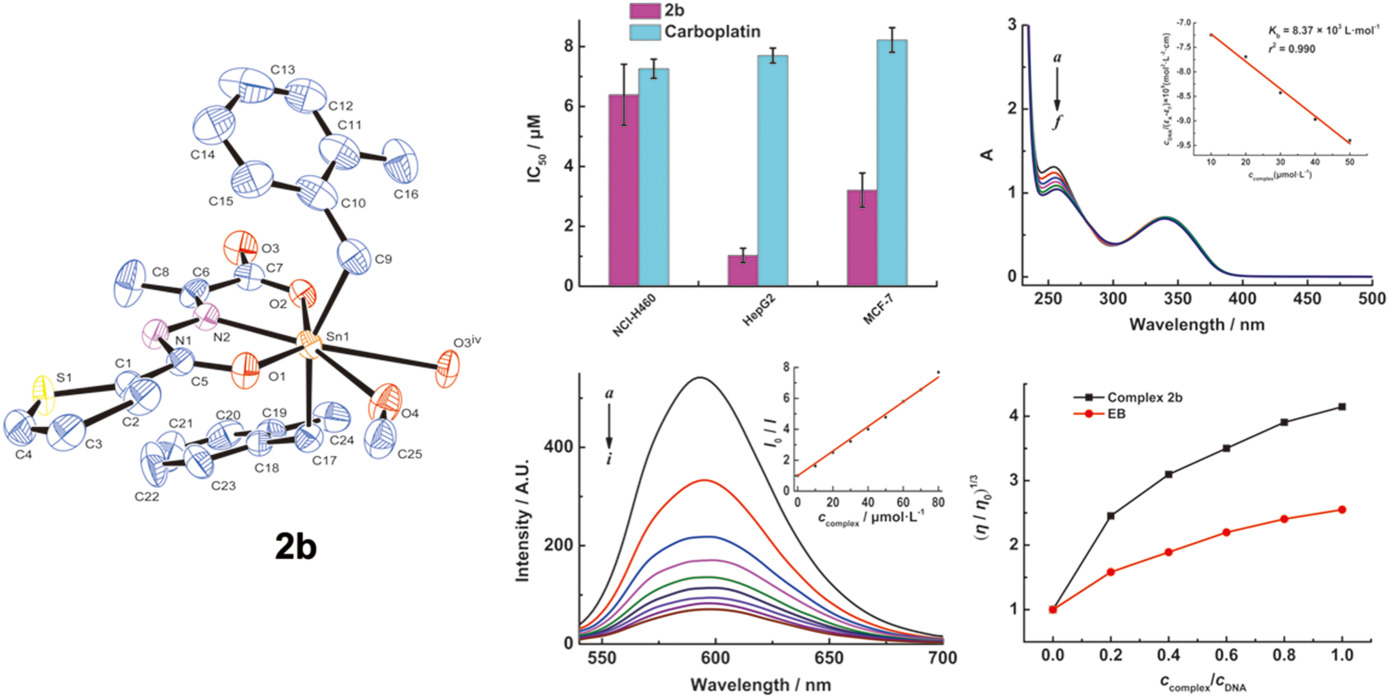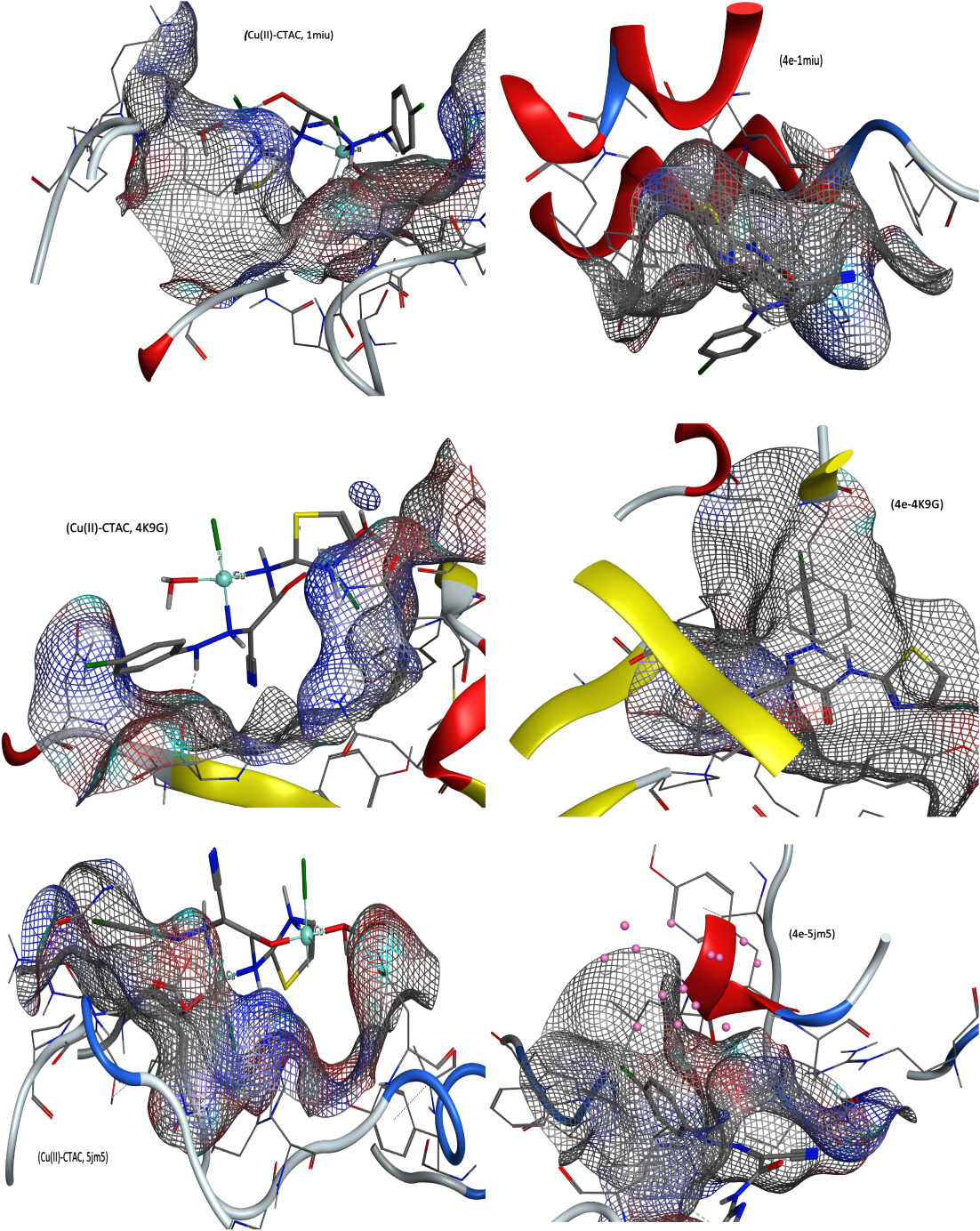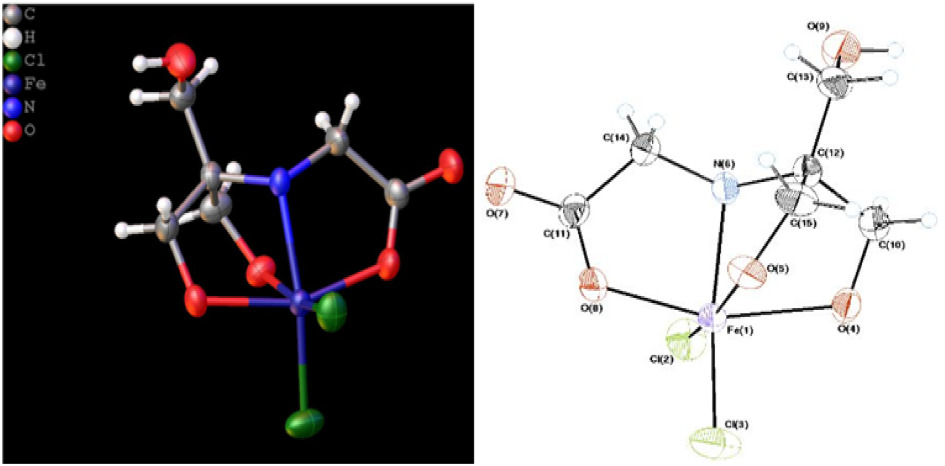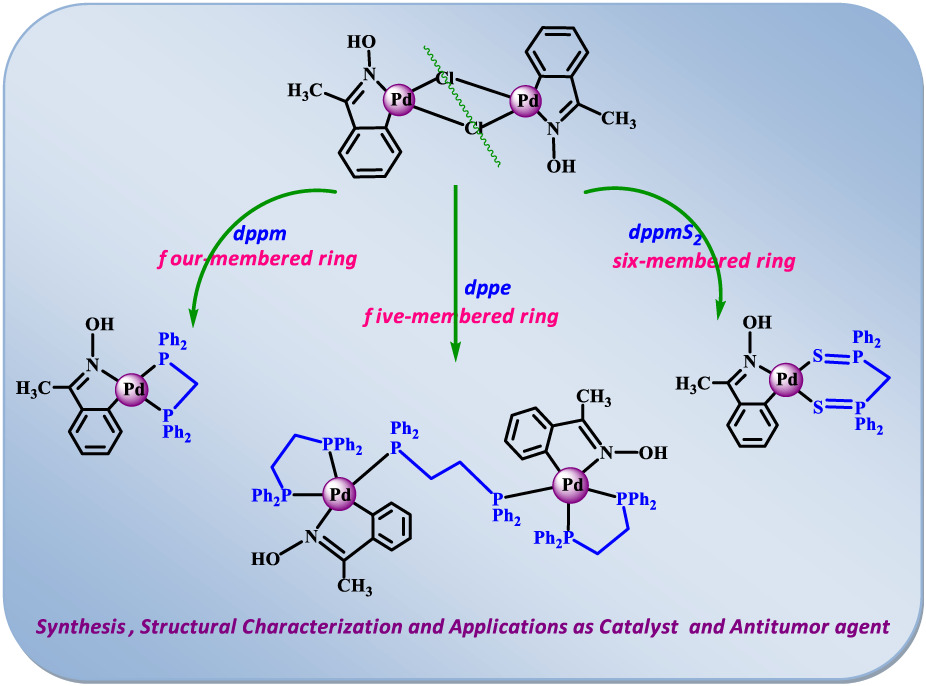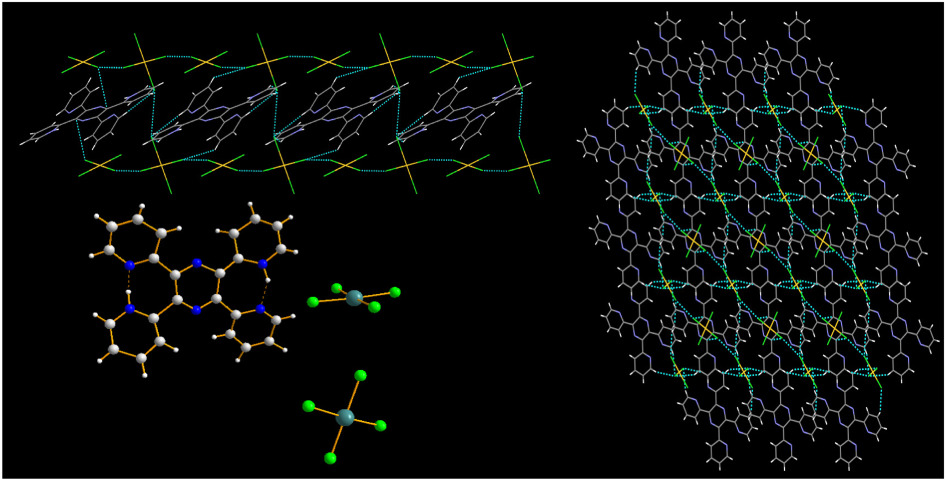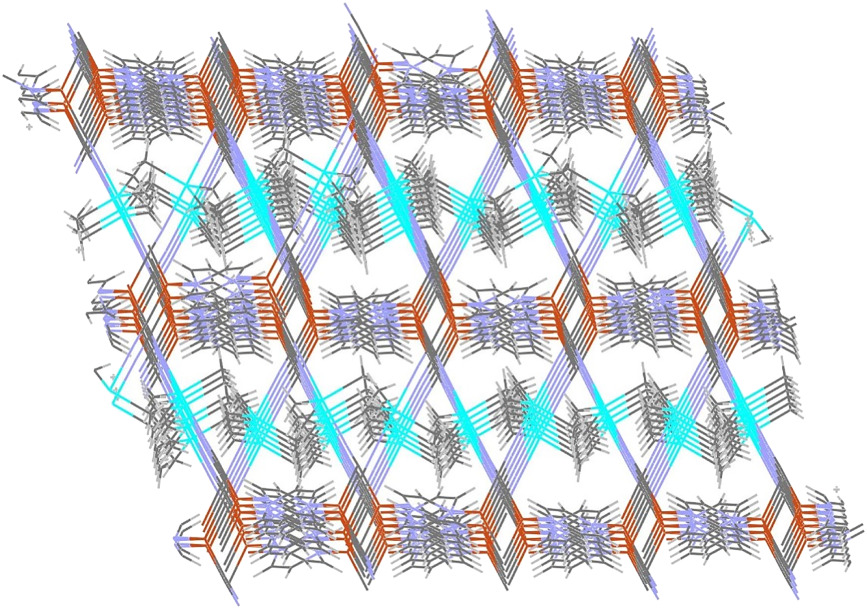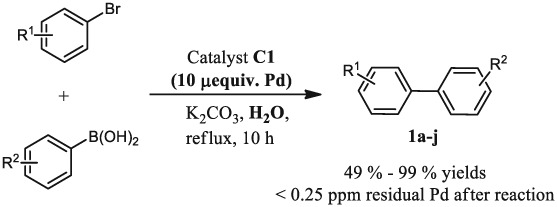Journal list menu
Export Citations
Download PDFs
ISSUE INFORMATION
FULL PAPERS
Copper nanoparticles supported on 2-methoxy-1-phenylethanone-functionalized MCM-41: An efficient and recyclable catalyst for one-pot three-component C–S coupling reaction of aryl halides with benzyl bromide and thiourea
- First Published: 24 June 2019
Nickel(II) Schiff base complex supported on nano-titanium dioxide: A novel straightforward route for preparation of supported Schiff base complexes applying 2,4-toluenediisocyanate
- First Published: 30 June 2019
Green synthesis and chemical characterization of silver nanoparticles from aqueous extract of Falcaria vulgaris leaves and assessment of their cytotoxicity and antioxidant, antibacterial, antifungal and cutaneous wound healing properties
- First Published: 04 July 2019
Derivatization of valproic acid using ferrocene derivatives: Synthesis, characterization and investigation of optical and electrochemical properties
- First Published: 25 June 2019
Preparation, characterization, and assessment of cytotoxicity, antioxidant, antibacterial, antifungal, and cutaneous wound healing properties of titanium nanoparticles using aqueous extract of Ziziphora clinopodioides Lam leaves
- First Published: 26 June 2019
Containing-PMBP N2O2-donors transition metal(II) complexes: Synthesis, crystal structure, Hirshfeld surface analyses and fluorescence properties
- First Published: 30 June 2019
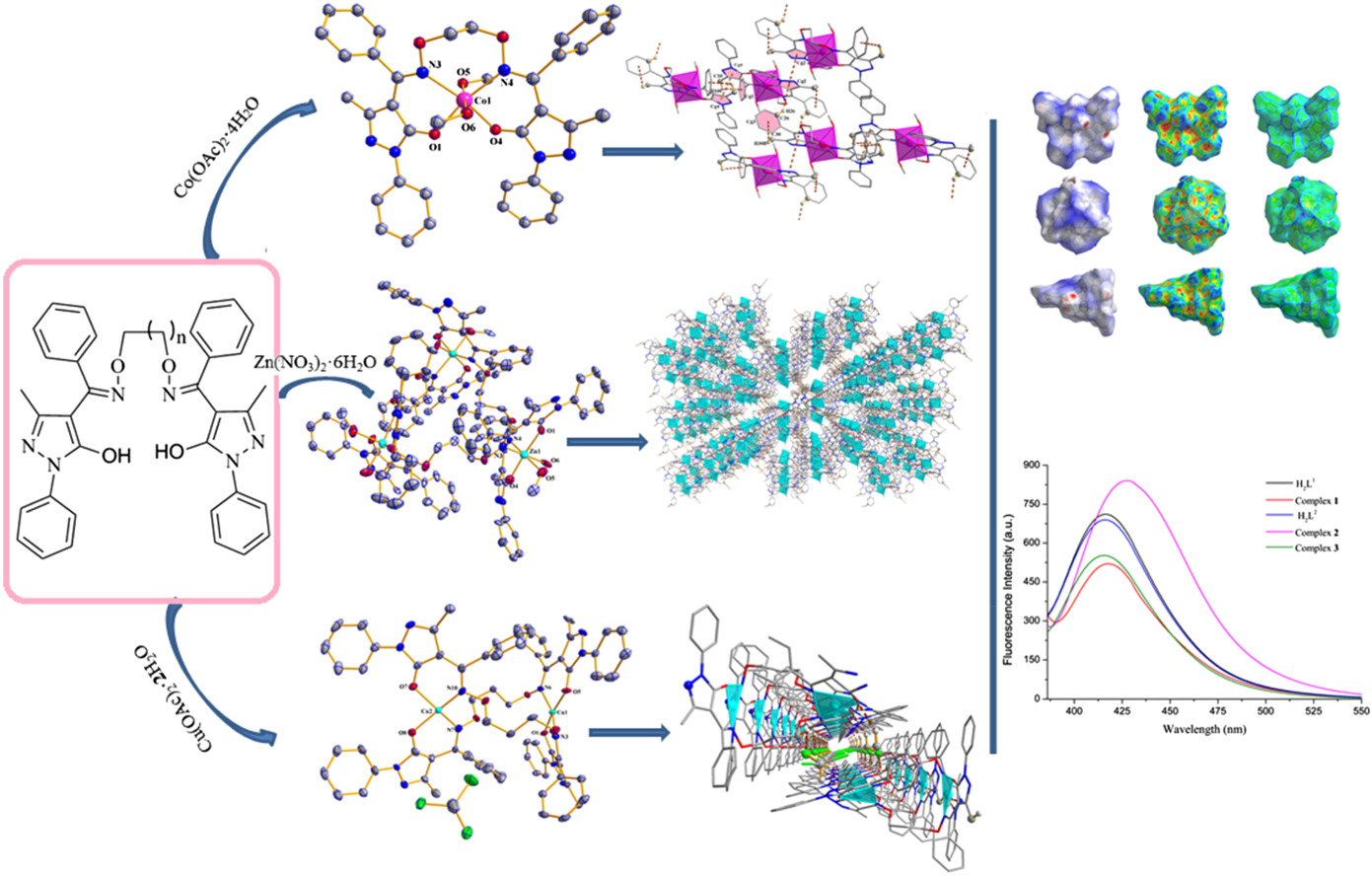
Three newly designed Containing-PMBP N2O2-donors complexes, [Co(L1)(CH3OH)2] (1), [{Zn(L2)(CH3OH)(H2O)}3] (2) and [Cu4(L2)4]⋅2CHCl3 (3), have been synthesized and structurally characterized. Most importantly, Hirshfeld surface analyses of complexes 1, 2 and 3 were conducted and fluorescence properties were investigated.
In vitro and in vivo evaluation of cytotoxicity, antioxidant, antibacterial, antifungal, and cutaneous wound healing properties of gold nanoparticles produced via a green chemistry synthesis using Gundelia tournefortii L. as a capping and reducing agent
- First Published: 27 June 2019
Green synthesis of silver nanoparticles using aqueous extract of Stachys lavandulifolia flower, and their cytotoxicity, antioxidant, antibacterial and cutaneous wound-healing properties
- First Published: 01 July 2019
Oxidative addition of 1,4-dichloro-2-butyne to an organoplatinum complex: A new precursor for synthesis of ultrasmall Pt nanoparticles thin film at liquid/liquid interface as the electrocatalyst in methanol oxidation reaction
- First Published: 30 June 2019
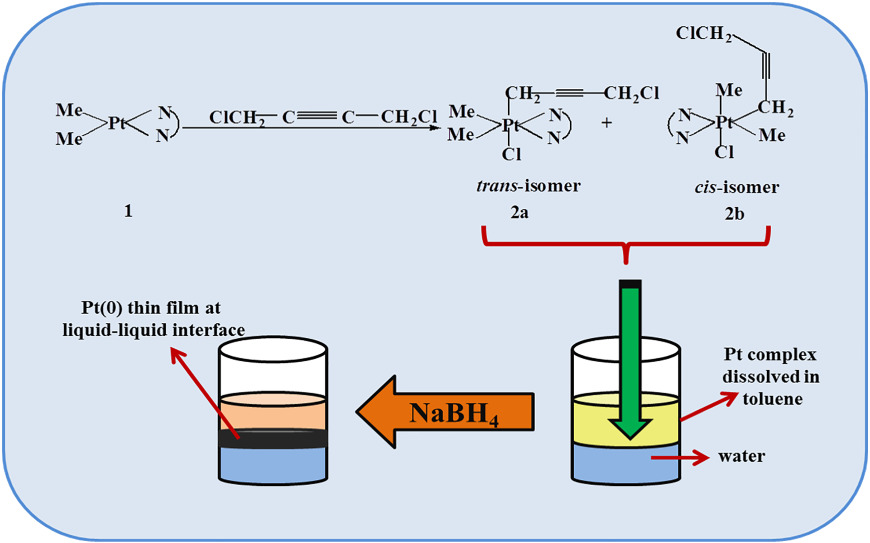
In this investigation, the usage of ClCH2C CCH2Cl alkyne as a reagent for the oxidative addition reaction with organoplatinum(II) complex [PtMe2(bipy)] was reported. Kinetic study was investigated by monitoring the disappearance of the MLCT band in the UV–Vis spectra. The as prepared complex was applied for the synthesis of platinum thin film at liquid/liquid interface. The electrocatalytical activity of Pt thin film was investigated in methanol oxidation reaction.
CCH2Cl alkyne as a reagent for the oxidative addition reaction with organoplatinum(II) complex [PtMe2(bipy)] was reported. Kinetic study was investigated by monitoring the disappearance of the MLCT band in the UV–Vis spectra. The as prepared complex was applied for the synthesis of platinum thin film at liquid/liquid interface. The electrocatalytical activity of Pt thin film was investigated in methanol oxidation reaction.
Enhanced sulfur-resistant methanation performance over MoO3–ZrO2 catalyst prepared by solution combustion method
- First Published: 01 July 2019
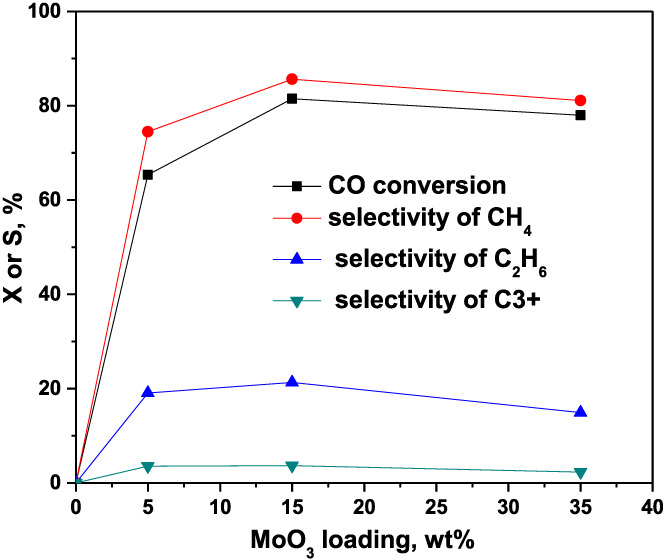
Sulfur-resistant methanation of syngas was investigated over a series of MoO3–ZrO2 catalysts prepared by solution combustion method. The 15MoO3–ZrO2 catalyst achieved the highest CO methanation at 400°C. MoO3 was dispersed on the surface of ZrO2 and the Mo surface density was 4.2 Mo atoms nm−2. The addition of MoO3 to ZrO2 leads to more tetragonal ZrO2 with a reduction in particle size, giving an efficient catalyst for low-temperature CO methanation.
The formation of a metallosupramolecular porous helicate through salicylaldehydethiosemicarbazone: Synthesis, Characterization, Cytotoxic activity, DNA binding and DFT calculations
- First Published: 07 July 2019

Supramolecular dinuclear triple-stranded iron (III)helicate was characterized by spectroscopic methods, and its crystal structure was determined by X-ray crystallography. The results were confirmed by the density functional theory calculations. The results obtained from the cytotoxicity test showed to be effective in low concentrations on the leukaemia cells. An intercalative binding mode of helicate-DNA complex was confirmed with the high intrinsic binding constant (Kb = 8×106 M−1) and competitive displacement assay of ethidium bromide with high Ksv value.
The First Recyclable, Nanocrystalline CdS Thin Film Mediated Eco-benign Synthesis Of Hantzsch 1, 4 Dihyropyridines, 1, 8-Dioxodecahydroacridine and Polyhydroquinolines derivatives
- First Published: 30 June 2019

1. This is the first report on the use of nano crystalline CdS thin film as arecyclable heterogeneous catalyst for efficient synthesis of 1, 4dihydropyridine, polyhydroquinoline and 1,8-dioxodecaacridine derivatives.
2. The CdS catalyst was characterised by powder XRD, FT-IR, EDS analysis.
3. All the products were characterised by 1H-NMR, 13C-NMR. FT-IR, CHN anlysis.
Half-sandwich Ir (III) and Rh (III) complexes as catalysts for water oxidation with double-site
- First Published: 26 June 2019
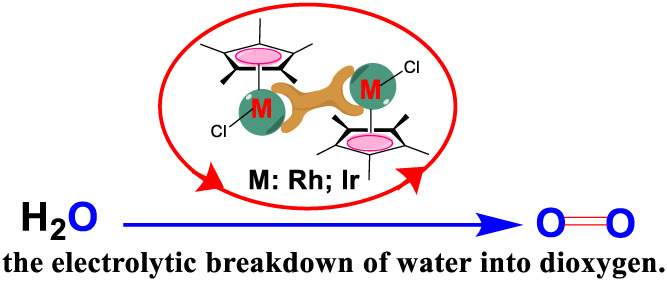
A series of neutral binuclear iridium and rhodium complexes were synthesized based on bis-imine ligands under mild conditions. Cyclic voltammetry characterization indicated that these stable half-sandwich late transition metal complexes were able to serve as catalysts for water oxidation process in acetonitrile-phosphate buffer.
Magnetically recyclable nano copper/chitosan in O-arylation of phenols with aryl halides
- First Published: 27 June 2019
Ag3[PMo12O40]: An efficient and green catalyst for the synthesis of highly functionalized pyran-annulated heterocycles via multicomponent reaction
- First Published: 30 June 2019
Synthesis of nano-sized magnetite mesoporous carbon for removal of Reactive Yellow dye from aqueous solutions
- First Published: 30 June 2019
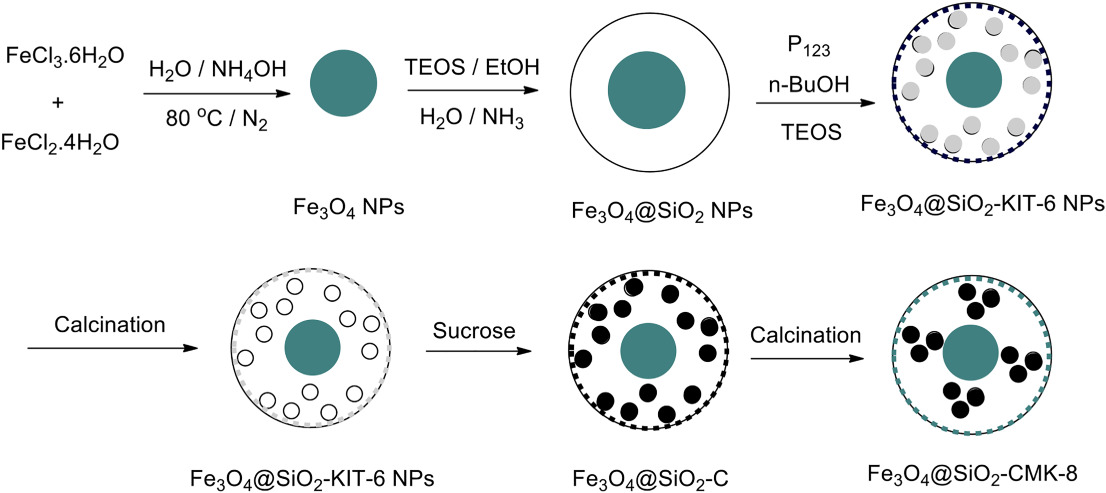
Fe3O4@SiO2-CMK-8 NPs were designed and successfully synthesized for the first time from Kit-6 mesoporous silica and sucrose. The synthesized core-shell Fe3O4@SiO2-CMK-8 NPs were successfully used as a mesoporous carbon adsorbent for removal of Reactive Yellow dye from aqueous samples. The synthesized nanoparticles showed good magnetic properties, short adsorption times, high surface area and also, good efficiency for removal of Reactive Yellow dye.
Synthesis, characterization of Schiff base metal complexes and their biological investigation
- First Published: 26 June 2019
Post modification of zinc based coordination polymer to prepare Zn-Mo-ICP nanoparticles as efficient self-supported catalyst for olefin epoxidation
- First Published: 17 June 2019
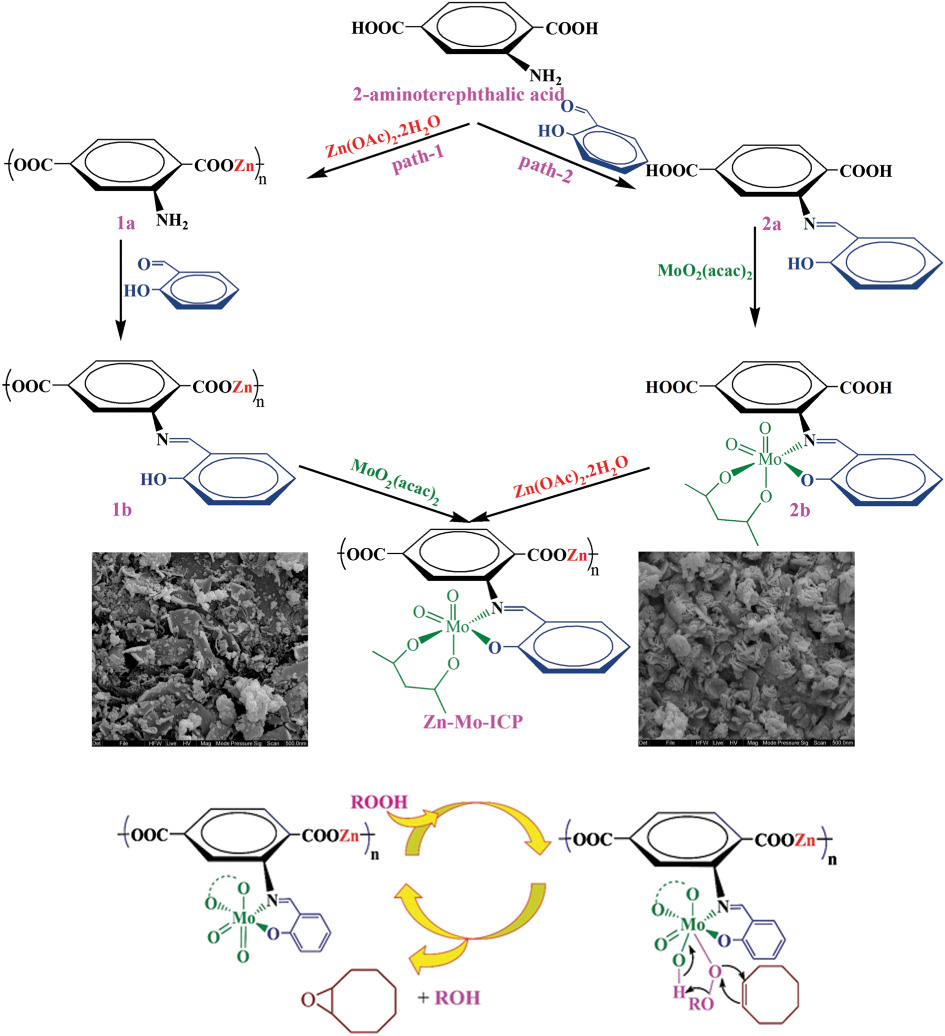
Two paths were used to heterogenize Schiff base molybdenum complex on infinite coordination polymer via coordination-polymerization. Prepared zinc-molybdenum based coordination polymer was used as efficient self-supported catalyst for olefins epoxidation. Cyclooctene shows highest catalytic activity among olefins.
Triphenylamine and carbazole-modified iridiumIII 2-phenylpyridine complexes: Synthesis, anticaner application and targeted research
- First Published: 26 June 2019
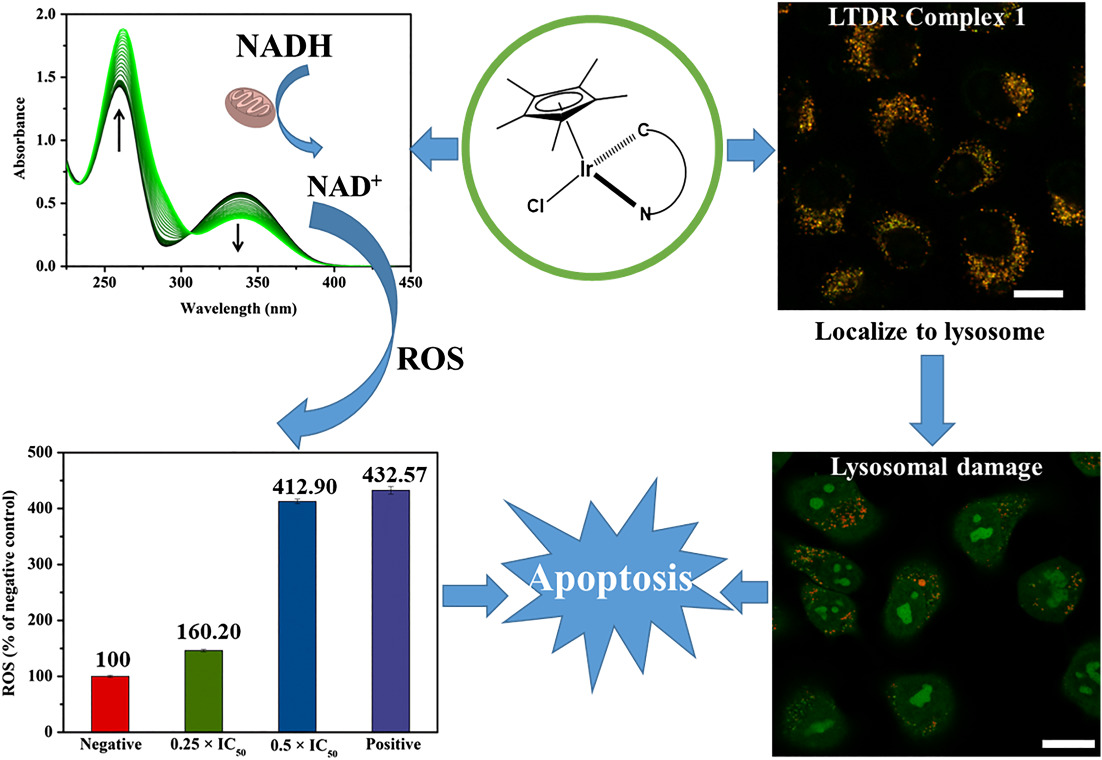
Half-sandwich IrIII TPA/Cz-Phpy complexes show potential anticancer activity towards A549, HepG2 and HeLa cells. Complexes could target lysosome and lead to lysosomal damage. Complexes could transport through serum protein (SA), catalyze the oxidation of nicotinamide-adenine dinucleotid (NADH), lead to the accumulation of reactive oxygen species (ROS), and eventually induce apoptosis.
Facile synthesis of sterically demanding SHOP-type nickel catalysts for ethylene polymerization
- First Published: 26 June 2019

A facile synthetic route enables the modulation of steric hindrance and electronic nature of SHOP-type nickel complexes. The newly synthesized bulky SHOP-type nickel complexes bearing ortho-biphenyl group on the phosphorous atom were used as single component catalysts toward ethylene polymerization to produce highly crystalline linear α-olefinic solid polymer without using any phosphine scavenger.
Metalloporphyrins-Al3+ porous coordination polymers: Preparations, Characterizations and Catalytic Properties
- First Published: 01 July 2019
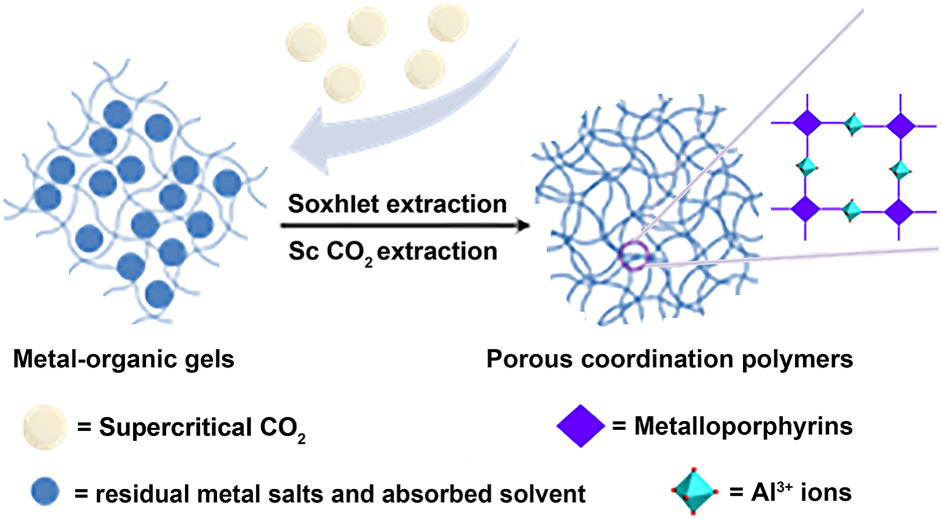
In recent years, many metalloporphyrins-based metal–organic frameworks (MOFs) have been developed, which exhibit some fascinating capacity in catalysis, gas storage, molecular recognition and drug delivery. However, there are few studies about metal–organic gels (MOGs), which are assembled to form 3D networks by hydrogen bonding, π-π stacking and/or van der Waals attractions. Compared to MOFs, MOGs suffer from the poor crystallinity, and their structure remain uncertain, but they also possess large interior surface areas with irregular open pores.
Structural variation from linear, layer to 3D framework: Syntheses, structures and luminescence
- First Published: 05 July 2019
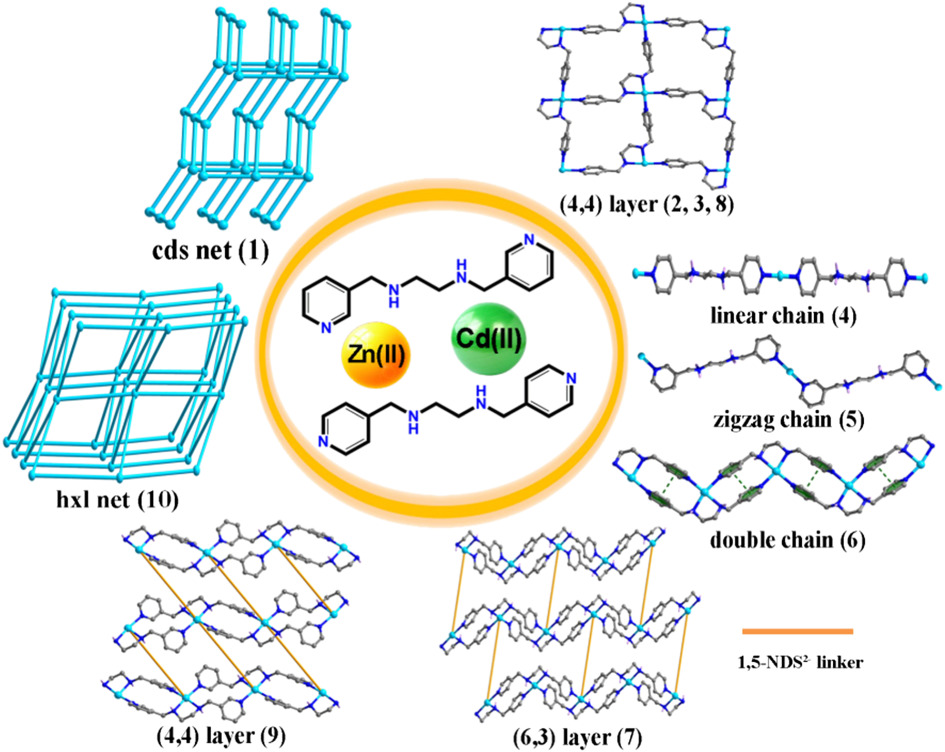
Ten Zn(II) and Cd(II) complexes involving bis(pyridyl) ligands have been synthesized, which present linear and zigzag chains, (4,4) and (6,3) layers, as well as 3D network with hxl topology. Furthermore, these complexes exhibit luminescent emission at room temperature with the emission maximum of these complexes varies from 374 to 448 nm.
Preparation, activity and photocatalysis mechanism of high-performance AgBrO3/AgBr photocatalysts
- First Published: 16 July 2019
Synthesis of Pyrazolo-[4́,3́:5,6]pyrido[2,3-d]pyrimidine-diones Catalyzed by a Nano-sized Surface-Grafted Neodymium Complex of the Tungstosilicate via Multicomponent Reaction
- First Published: 01 July 2019
![Synthesis of Pyrazolo-[4́,3́:5,6]pyrido[2,3-d]pyrimidine-diones Catalyzed by a Nano-sized Surface-Grafted Neodymium Complex of the Tungstosilicate via Multicomponent Reaction](/cms/asset/af9052f6-d1c2-454f-85a3-139ef7f7fa1c/aoc5058-toc-0001-m.jpg)
An inorganic-organic hybrid based on lanthanide clusters and Keggin type polyoxometalates (POMs) (Na[Nd (pydc-OH)(H2O)4]3}[SiW12O40]) was synthesized for the first time. This trinuclear catalyst was used for one pot synthesis of pyrazolo [4́,3́:5,6]pyrido[2, 3-d]pyrimidine-diones. The catalytic activity of the hybrid catalyst has increased relative to each parent component due to the special interaction between Keggin anions and pydc-OH ligands.
Excellent photocatalytic reduction of nitroarenes to aminoarenes by BiVO4 nanoparticles grafted on reduced graphene oxide (rGO/BiVO4)
- First Published: 20 June 2019
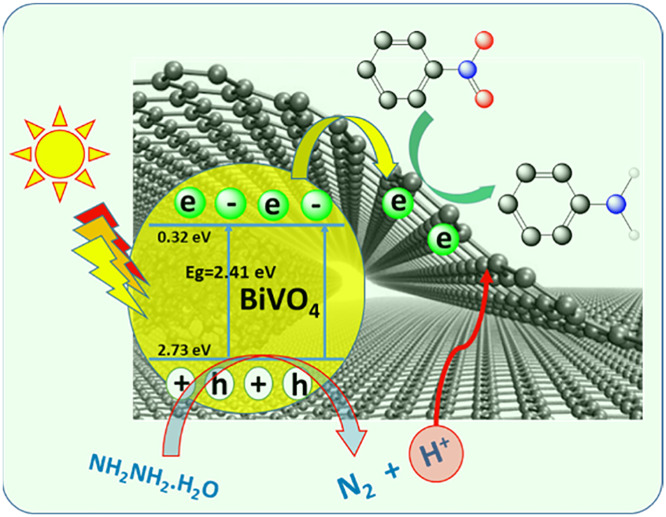
- high-efficiency photocatalytic activity for selective reduction of nitroarenes to aminoarenes in short time
- Exhibited photocatalytic activity under low power visible light source (20 W LED).
- Low contacts of BiVO4 on rGO were able to considerably improve the photocatalytic activity nitro group reduction
Enhanced Thermal Decomposition Properties and Catalytic Mechanism of Ammonium Perchlorate over CuO/MoS2 Composite
- First Published: 14 June 2019
Bioactive Heteroleptic Bismuth(V) Complexes: Synthesis, Structural Analysis and Binding Pattern Validation
- First Published: 22 July 2019

Organometallic bismuth (v) dicarboxylates of the type BiR3(OOCR′)2 1–7 have been synthesized, characterized and in vitro screened Leishmania tropica KWH23 and Jack Bean Urease. The binding patterns through molecular docking have also been employed to unveil the potency of the synthesized compounds against Lieshmania driven trypanothione reductase (TR) and Helicobacter pylori urease enzyme.
Photophysical and Electrochemical Studies of Anchored Chromium (III) Complex on Reduced Graphene Oxide via Diazonium Chemistry
- First Published: 01 July 2019
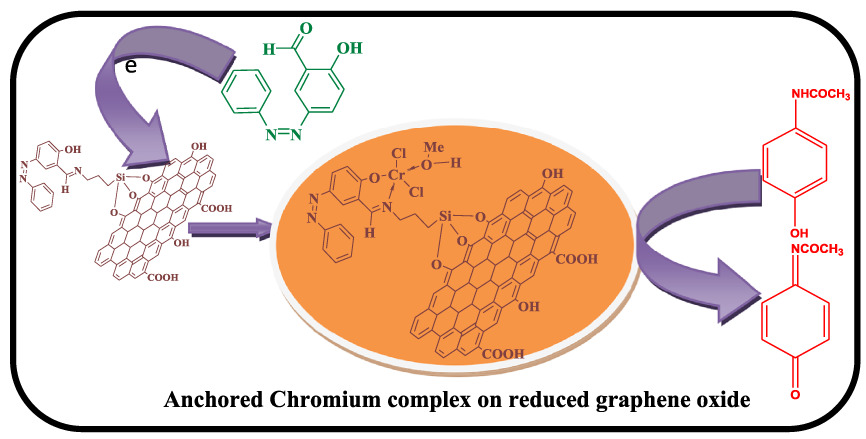
The synthesis and characterisation of anchored chromium (III) complex on reduced graphene oxide via diazonium Chemistry. Changes in the structure and morphology of rGO during the synthetic process was investigated. The anchored Chromium complex on rGO has enhanced electrochemical activity compared to the precursors.
A modern approach for the sensing of aqueous Al(III) ion by Ni(II) Salen-type Schiff base complexes
- First Published: 30 June 2019
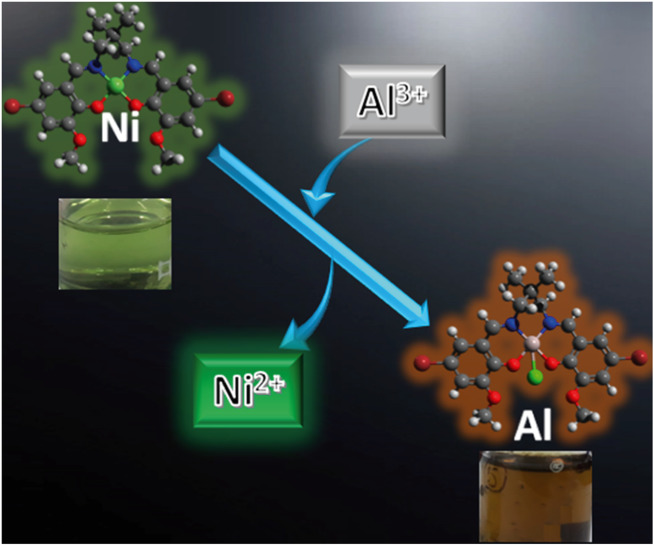
Detection of Al(III) ion by their respective Ni(II) metal complexes via transmetalation are probed using various experimental and theoretical methods. The three Ni(II) complexes are prepared by varying the diimino spacer group and the detection efficiency is a function of the geometry of the metal center present in the probe.
Structural, spectroscopic, molecular docking, thermal and DFT studies on metal complexes of bidentate orthoquinone ligand
- First Published: 30 June 2019
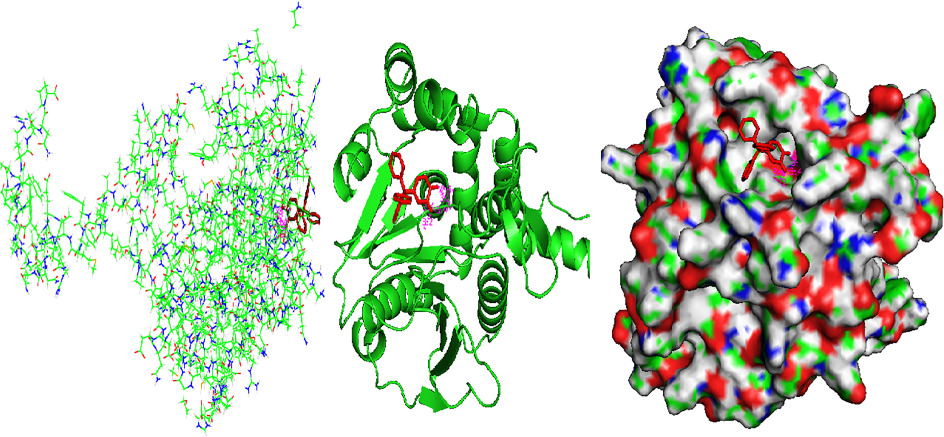
The structures of a 4-Triphenylmethyl-1,2-benzoquinone (TPMBQ) and its mononuclear metal chelates were characterized using various physicochemical techniques. The FT-IR spectral data showed that the 4-Triphenylmethyl-1,2-benzoquinone (TPMBQ) acts as a tetradentate ligand and its manner of coordination is through the four oxygen atoms. The thermal behavior of these chelates gives an idea about the thermal stability of these chelates. The results of the antibacterial activity study indicate that the metal chelates show greater inhibitory effects than the parent ligand. These antibacterial activities are confirmed by theoretical molecular docking calculations.
Intramolecular O-arylation using nano-magnetite supported N-heterocyclic carbene-copper complex with wingtip ferrocene
- First Published: 09 July 2019
A novel fluorescent sensor for Sn4+ detection: Dark resonance energy transfer from silole to rhodamine
- First Published: 15 July 2019
Some Novel Dinuclear phenylboronates of biologically potent β-enaminoesters: Synthesis, Spectroscopic characterization, antimicrobial activity and their antiandrogenic effect
- First Published: 24 June 2019
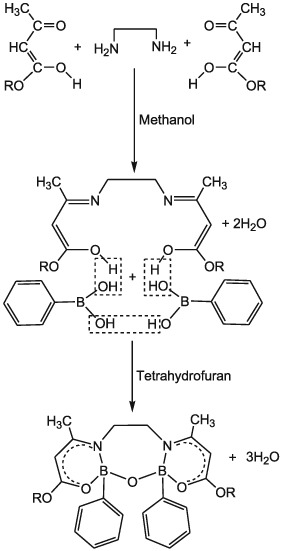
Four dinuclear phenyl diboronates of β-enamino esters in which each boron atom has tetrahedral geometry have been synthesized and characterized. These compounds exhibit significant antimicrobial activities and antiandrogenic effect on male albino rats. Antimicrobial inhibition and antiandrogenic effect of boron compounds is more than the corresponding free β-enamino ester. Theantimicrobial activities increase with the increase in concentration of the compounds.
Promising photoluminescence optical approach for triiodothyronine hormone determination based on smart copper metal–organic framework nanoparticles
- First Published: 19 June 2019
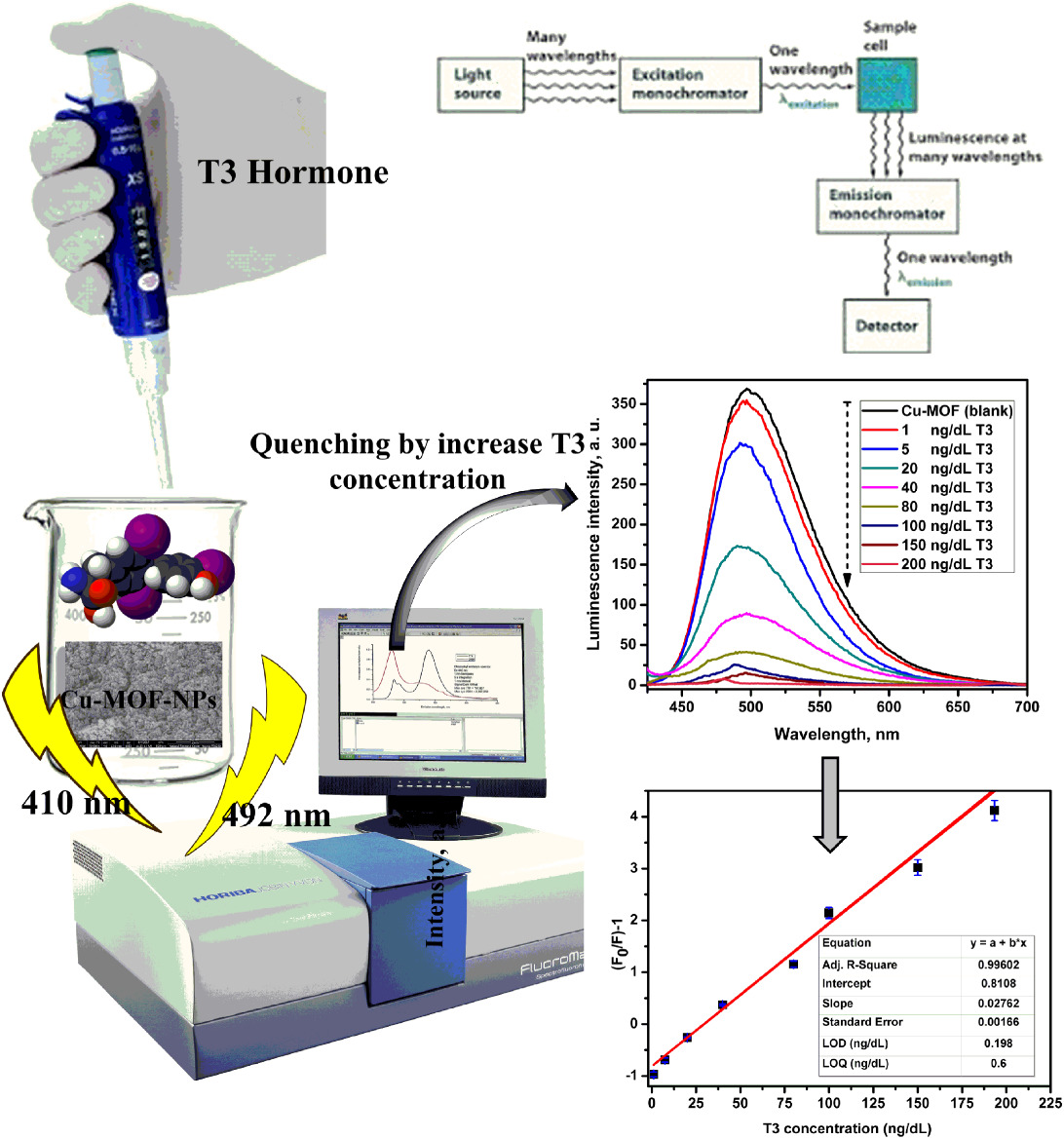
For the first time a promising photoluminescence approach for T3 hormone determination based on Cu-MOF-NPs. This approach could be promising analytical tool for early diagnosis of the cases thyroid disease. The proposed approach offered many advantages, wide concentration range 0.0-200.0 ng/dL, a lower LOD=0.198 ng/dL and LOQ=0.60 ng/dL than other published reports. Cu-MOF-NPs has a selectivity and sensitivity for T3 hormone without interfering with other hormones. The mechanism of quenching between the Cu-MOF-NPs and T3 hormone was dynamic type.
Ultrasonic assisted synthesis of nanocrystalline cellulose as support and reducing agent for Ag nanoparticles: green synthesis and novel effective nanocatalyst for degradation of organic dyes
- First Published: 30 June 2019
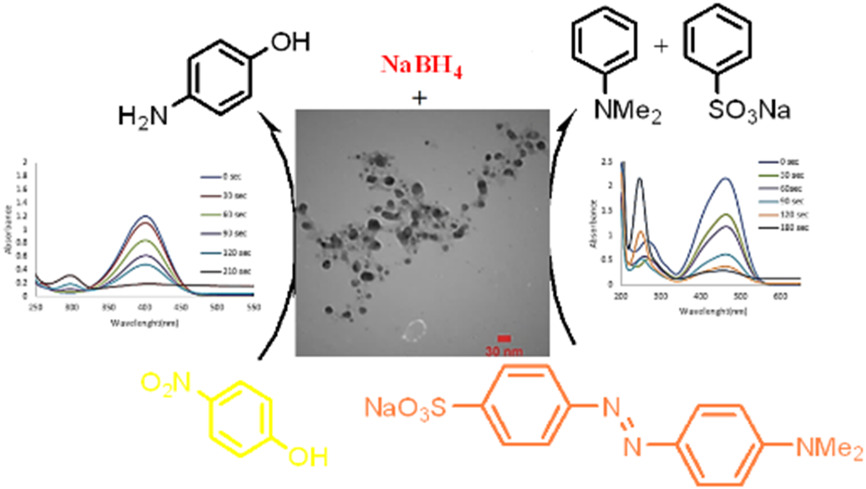
In this study, nanocrystalline cellulose (NCC) prepared using high-intensity ultrasonication and characterized via UV–vis, FE-SEM, EDS, TEM, XRD, FT-IR and TGA. The obtained NCC utilized as support, reducing and stabilizing agent for in-situ green synthesis of silver nanoparticles (Ag NPs). The catalytic activity of composite was examined for degradation of methyl orange (MO) and 4-nitrophenol (4-NP).
QbD approached comparison of reaction mechanism in microwave synthesized gold nanoparticles and their superior catalytic role against hazardous nirto-dye
- First Published: 18 July 2019
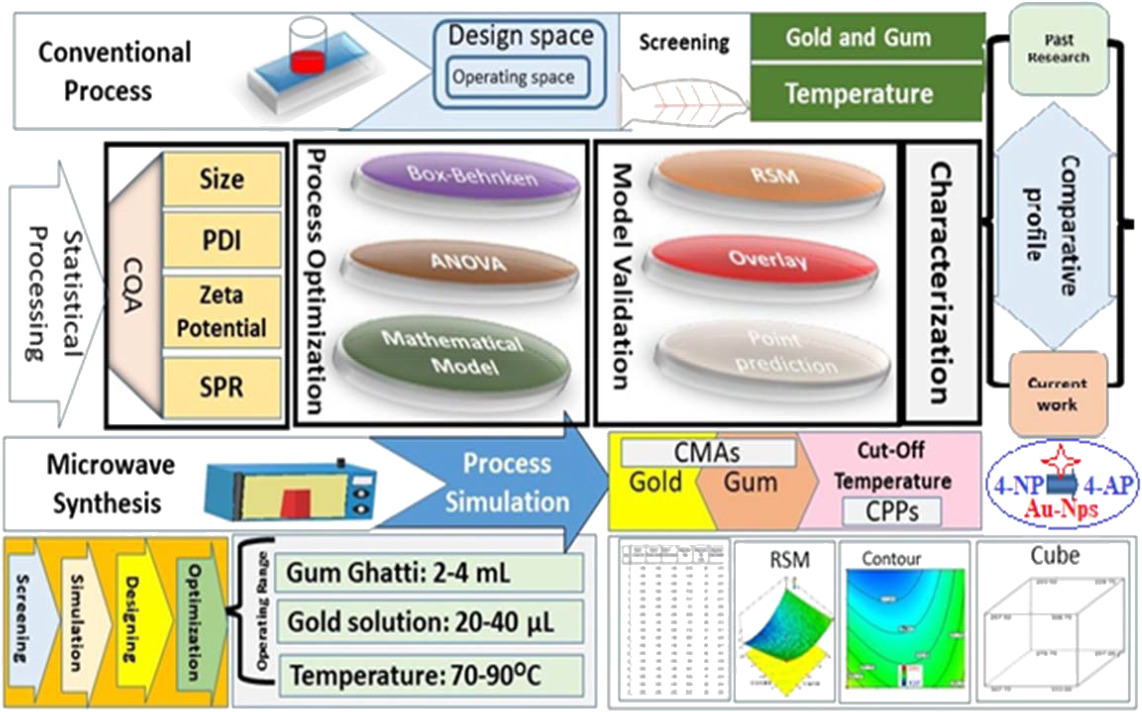
Rapid "in-core" heating of dipoles and ions by microwave irradiation (MI) modulated functionality and dynamic (reducing and capping) behavior of gum Ghatti (Anogeissus latifolia) bio-template for favorable forward favorable kinetics during green synthesis of gold nanoparticles of high Zeta potential, low particle size and narrow size distribution index. Subsequently, in comparison to conventional thermal method, MI processed nanoparticles also favored relatively higher catalytic performances with toxic 4-Nitrophenol dye reduction into safer 4- Aminophenol analogue.
Sonochemical synthesis of library benzodiazepines using highly efficient molecular ionic liquid supported on Fe-MCM-41 nanocomposites as a recyclable catalyst
- First Published: 16 July 2019
3D hierarchical MnO2 aerogels with superhydrophobicity for selective oil–water separation
- First Published: 20 June 2019
Multi-component reaction-functionalized chitosan complexed with copper nanoparticles: An efficient catalyst toward A3 coupling and click reactions in water
- First Published: 04 July 2019
Magnetic apple seed starch functionalized with 2,2′-furil as a green host for cobalt nanoparticles: Highly active and reusable catalyst for Mizoroki–Heck and the Suzuki–Miyaura reactions
- First Published: 30 June 2019
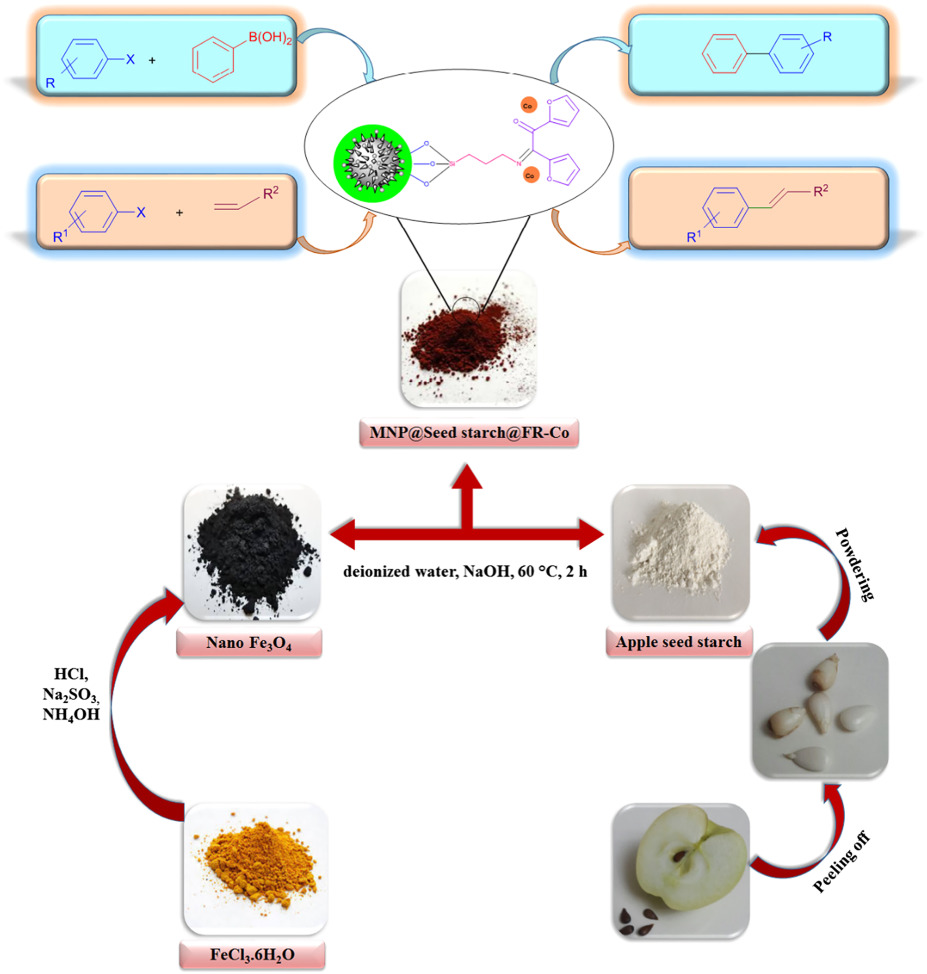
- This work is the first report on the usage of apple seed as a biosupporting catalyst.
- We disclose the first report on the use of 2,2′-furil as a ligand in the catalyst modifications and catalytic activity.
- The biocatalyst showed superior activity in the Mizoroki–Heck and the Suzuki–Miyaura reactions.
Enhanced catalytic performance of Pd-Ga bimetallic catalysts for 2-ethylanthraquinone hydrogenation
- First Published: 02 July 2019
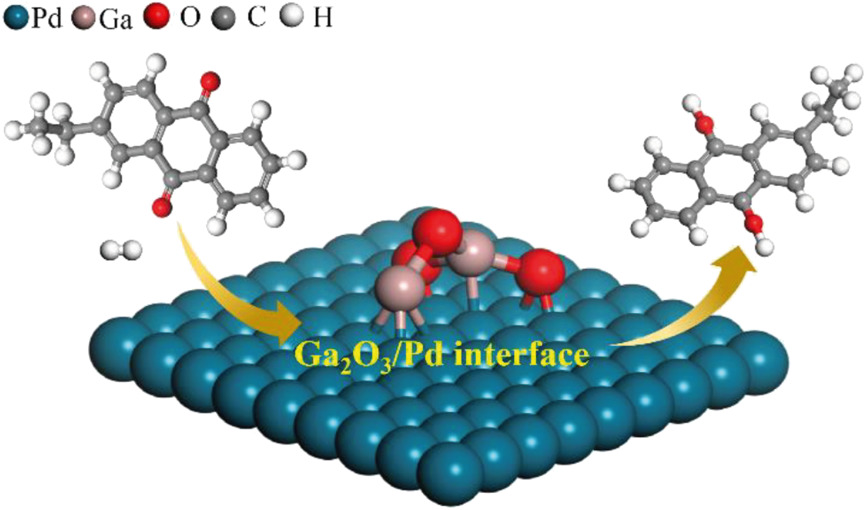
0.6Pd1.2Ga bimetallic catalyst exhibits high performance and good stability in the hydrogenation of 2-ethylanthraquinone. Incorporation of Ga improves Pd dispersion and generates a strong interaction between Ga2O3 and Pd interface. DFT calculation results indicate that the strong adsorption of carbonyl group on Ga2O3/Pd interface facilitates the activation of EAQ and promotes the hydrogenation efficiency.
Glycine-functionalized reduced graphene oxide for methylene blue removal
- First Published: 17 July 2019
Crystal structure, Hirshfeld surface analysis, Thermal study and Conduction mechanism of [(C4H9)4P]3Bi2Cl9 compound
- First Published: 09 July 2019
Adsorption behavior of Pt embedded on N-doped graphene sheets toward NO and NH3 molecules
- First Published: 16 July 2019
Green conversion of a three-dimensional organometallic coordination polymer to a three-dimensional organometallic supramolecular polymer upon mechanochemical 2-aminopyridine addition
- First Published: 15 July 2019
Mechanism of nickel extraction from sulfuric acid medium by synthesized α-aminophosphonate derivative
- First Published: 17 July 2019
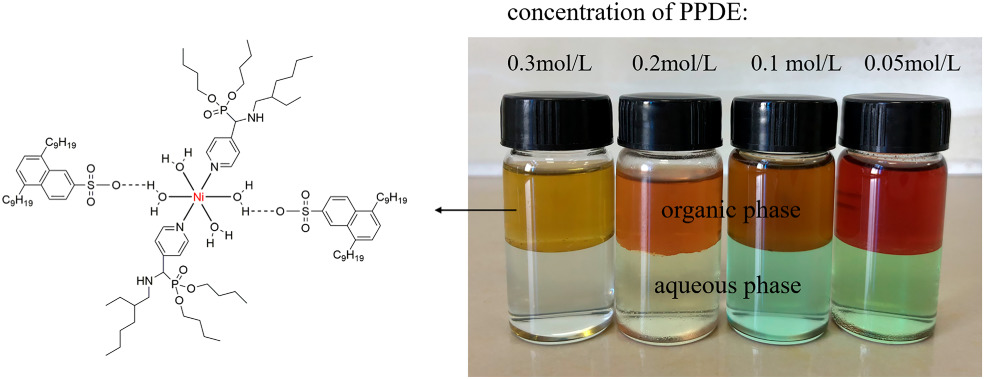
(1) A new extractant (PPDE) was synthesized under mild conditions.
(2) PPDE was combined with DNNSA to form mixture extractants system, which applied to recover nickel from impurities
(3) The mixture extractants system has an excellent extraction efficiency and selectivity to nickel.
(4) The extracted nickel complex was determined as [Ni(PPDE)2(DNNSA) 2(H2O)4]by the aid of spectra (FT-IR, UV-VIS and ESI-MS).
Introduction of Ag/CuO/MCM-48 as an efficient catalyst for the one-pot synthesis of novel pyran-pyrrole hybrids
- First Published: 17 July 2019
Ultrasonic-assisted synthesis of supramolecular copper (II) complex a precursor for the preparation of octahedron Cu2O nanoparticles applicable in the adsorption and photodegradation of Rhodamine B
- First Published: 10 July 2019
Optimization of cadmium adsorption from aqueous solutions by functionalized graphene and the reversible magnetic recovery of the adsorbent using response surface methodology
- First Published: 10 July 2019
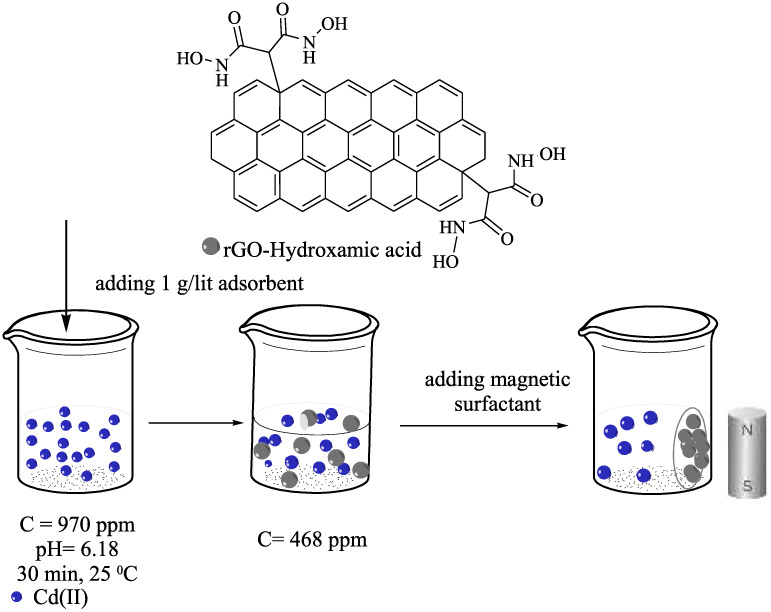
Novel functionalized graphene with enhanced adsorptive properties for cadmium ions was synthesized. Removal process was optimized using response surface methodology and validity of response model was verified. The kinetic, isotherm, and thermodynamic of the sorption process were examined. Moreover, a magneto-responsive surfactant was prepared and used for the reversible recovery of adsorbent.
Chromium-metformin ternary complexes: Thermal, DNA interaction and Docking studies
- First Published: 18 July 2019
Extended light absorption and enhanced photoelectrochemical activity of palladium-decorated hematite nanotubes prepared by photodeposition method
- First Published: 25 July 2019
Nickel Complexes Bearing SNN and SS Donor Atom Ligands: Synthesis, Structural Characterization and Biological activity
- First Published: 09 July 2019
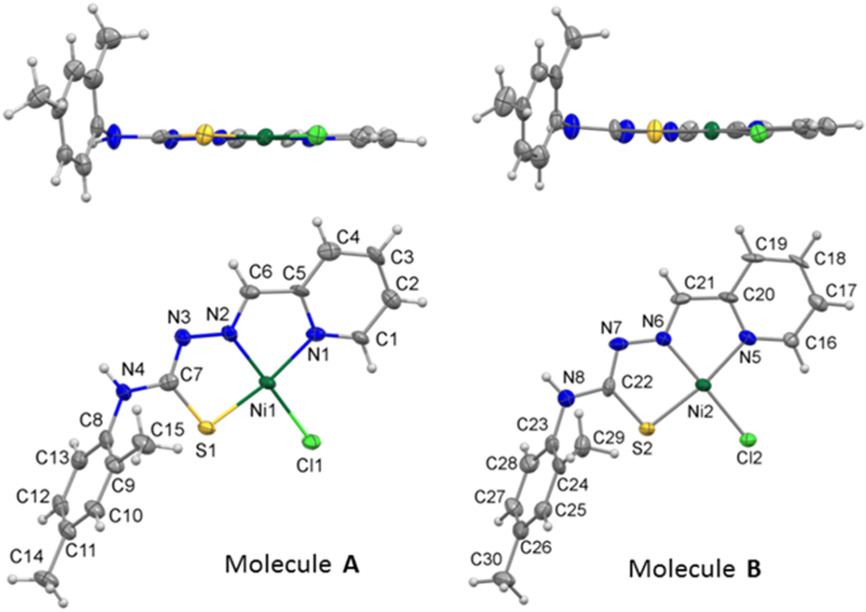
Three nickel complexes with high sulfur content ligands were prepared. Single crystal XRD studies for the binary thiosemicarbazone complex confirmed the constitution of its asymmetric unit of two independent complex molecules with slightly different conformations. The complexes displayed high bactericidal activities that, in several instances, were comparable to or higher than those of the chloramphenicol standard.
Synthesis, spectra, crystal structures and anticancer studies of 26-membered macrocyclic dibutyltin(IV) dithiocarbamate complexes: Single-source precursors for tin sulfide nanoparticles
- First Published: 17 July 2019
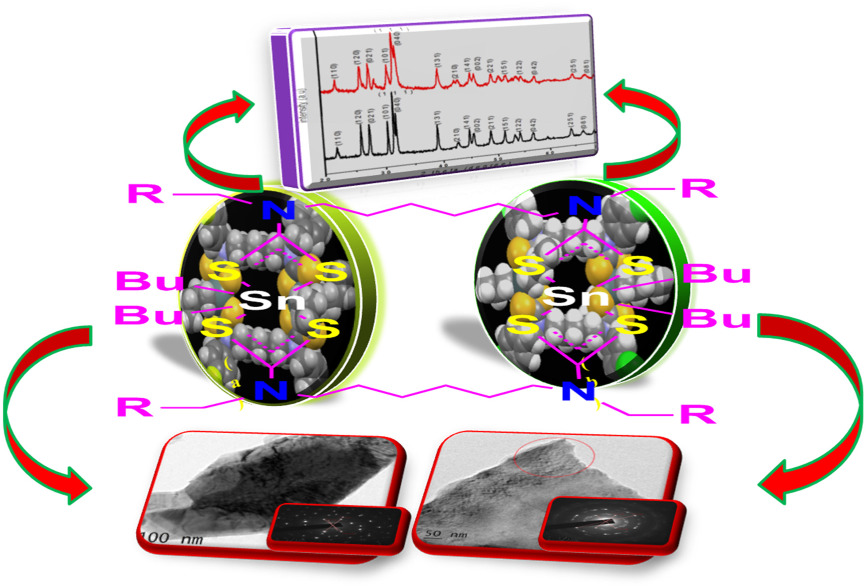
Four new macrocyclic dinuclear dibutyltin(IV) dithiocarbamate complexes of the type [Bu2Sn(dtc)]2 have been prepared. The coordination sphere around the tin atom in all the complexes can be described as a skew trapezoidal bipyramid. The dimensions of the cavity of the macrocycles are ca 8.0 × 9.0 Å2. All the complexes were evaluated for their in vitro anticancer activity against MCF-7 and HL-60 cells. Thermal decomposition of the complexes yielded tin sulfide nanoparticles.
Synthesis and characterization of polyvinylpyrrolidone immobilized on magnetic nanoparticles modified by ionic liquid as a novel and recyclable catalyst for the three-component synthesis of amidoalkyl naphthols
- First Published: 21 July 2019
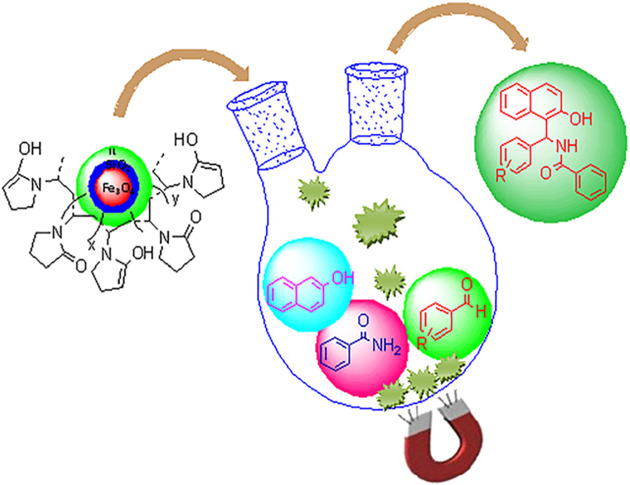
In this study, an efficient and green procedure is explained for the preparation of 1-amidoalkyl-2-naphthols applying one-pot condensation reaction of 2-naphthol, benzamide and aromatic aldehydes in the presence of polyvinylpyrrolidone (PVP) immobilized on 1-methyl-3-(3-trimethoxysilylpropyl) imidazolium chloride-grafted magnetic silica-coated Fe3O4 nanoparticles (Fe3O4@SiO2@IL-PVP) as a novel solid acid catalyst under solvent-free conditions.
Zirconium (IV) porphyrin graphene oxide: a new and efficient catalyst for the synthesis of 3,4-dihydropyrimidin-2(1H)-ones
- First Published: 10 July 2019
Microwave assisted synthesis of disubstituted benzyltin arylformylhydrazone complexes: anticancer activity and DNA-binding properties
- First Published: 10 July 2019
Polymer-anchored mononuclear and binuclear CuII Schiff-base complexes: Impact of heterogenization on liquid phase catalytic oxidation of a series of alkenes
- First Published: 28 July 2019
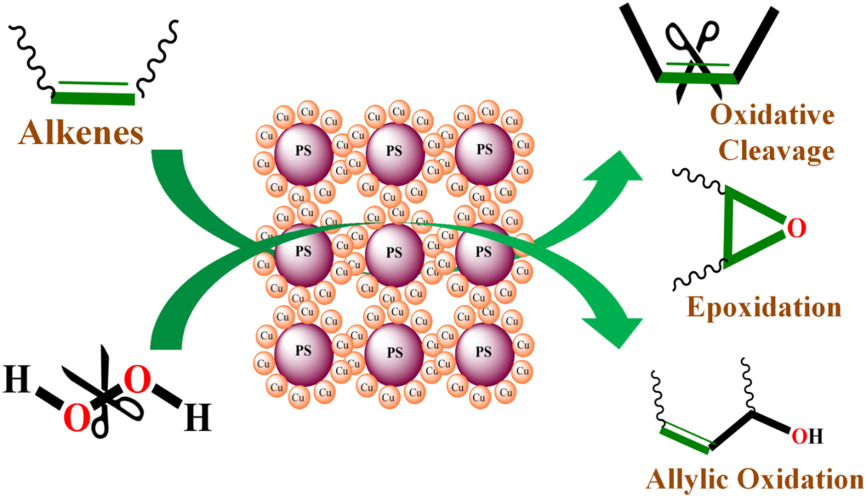
Easy and uncomplicated method for the synthesis of supported catalysts 5–8. Oxidation of alkenes by the catalysts 5–8 proceeds through the reactive intermediate copper hydroperoxo species ([CuIII (sal-sch)-O-O-H]), established by electronic absorption spectroscopy, liquid chromatography-mass spectrometry and EPR spectroscopy. Easy separation, higher thermal stability, uncomplicated synthesis, green, and high efficiency makes the supported catalysts an effective choice for the catalytic oxidation of alkenes.
Synthesis of novel VO (II)-thaizole complexes; spectral, conformational characterization, MOE-docking and genotoxicity
- First Published: 18 July 2019
Comparative Studies of Some Novel Cu2+ and Fe3+ Chelates Derived From Tricine (L1) by Single Crystal X-ray, Spectroscopic and Biological Data: Applications to Investigate Antitumor Activity
- First Published: 21 July 2019
One-pot green synthesis of Cu/bone nanocomposite and its catalytic activity in the synthesis of 1-substituted 1H-1,2,3,4-tetrazoles and reduction of hazardous pollutants
- First Published: 24 July 2019
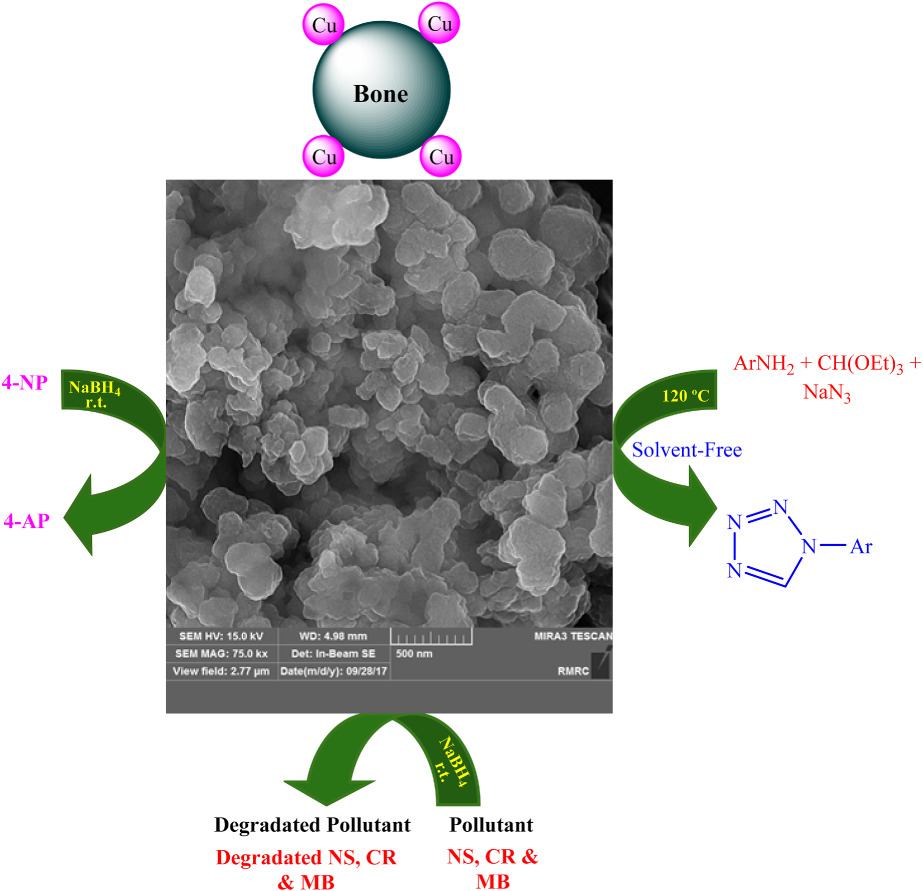
HighlightsBiosynthesis of the Cu/bone nanocomposite using Cordyline fruticosa aqueous extract.The use of bone as natural support to avoid the aggregation of the Cu NPs.Characterization of the Cu/bone nanocomposite by FE-SEM, XRD, EDS, elemental mapping and TEM.Synthesis of 1-substituted 1H-1,2,3,4-tetrazoles using Cu/bone nanocomposite.Cu/bone nanocomposite showed good catalytic performance in the reduction of 4-NP, NS, CR and MB.
Mono- and dinuclear oxime palladacycles bearing diphosphine ligands: An unusual coordination mode for dppe
- First Published: 15 July 2019
Characterization of new Pt(IV)–thiazole complexes: Analytical, spectral, molecular modeling and molecular docking studies and applications in two opposing pathways
- First Published: 25 July 2019
Microwave-associate synthesis of Co3O4 nanoparticles as an effcient nanocatalyst for the synthesis of arylidene barbituric and Meldrum's acid derivatives in green media
- First Published: 16 July 2019
X-ray crystal of diprotonated tetra-(2-pyridyl)pyrazine (H2TPPZ), aqua Fe3+-phen crystal and new lanthanide complexes of TPPZ and their biochemical studies
- First Published: 18 July 2019
Comparative study between two fabricated potentiometric sensors to enhance selectivity towards ferrous ions
- First Published: 16 July 2019
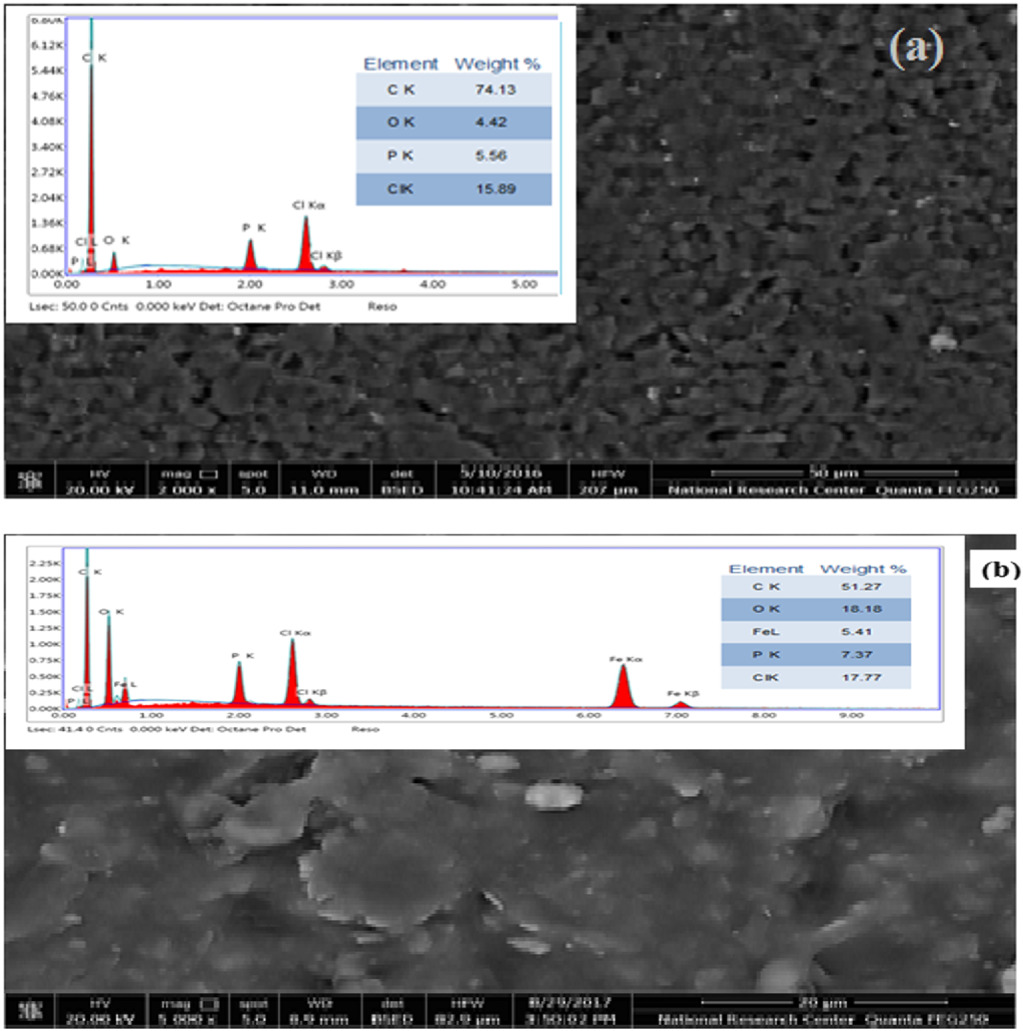
The paper describes the fabrication of screen-printed electrodes modified with methyl red as electroactive material and the preparation and characterization, using spectroscopic tools, of Fe(II)–methyl red complex which was used for the construction of carbon paste electrodes. The two proposed electrodes were successfully applied for the determination of Fe(II) in water and pharmaceutical (pharovit) samples.
A Recyclable bi-functional Luminescent Zinc (II) metal–organic framework as highly selective and sensitive sensing probe for nitroaromatic explosives and Fe3+ ions
- First Published: 18 July 2019

A stable fluorescent Zn metal-organic framework was successfully prepared under hydrothermal conditions. The Zn-MOF showed a high sensibility of nitro-aromatic compounds (NACs) and Fe3+ ions, especially for 4-(4-nitropheny lazo) resorcinol (NPLR). This sensor is remarkable recyclable and is promisingly applied for rapid, on-site sensing of explosive residuals.
Cesium carbonate-catalyzed indium insertion into alkyl iodides and their synthetic utilities in cross-coupling reactions
- First Published: 24 July 2019

A catalytic amount of cesium carbonate (10 mol%) was found to be capable of effectively catalyzing the insertion of indium powder into alkyl iodides. The thus-generated alkyl indium reagents could readily undergo palladium-catalyzed cross-coupling reactions with a wide variety of aryl halides, showing compatibility to a range of important functional groups.
Design and preparation of magnetic mesoporous melamine–formaldehyde resin: A novel material for pre-concentration and determination of silver
- First Published: 17 July 2019
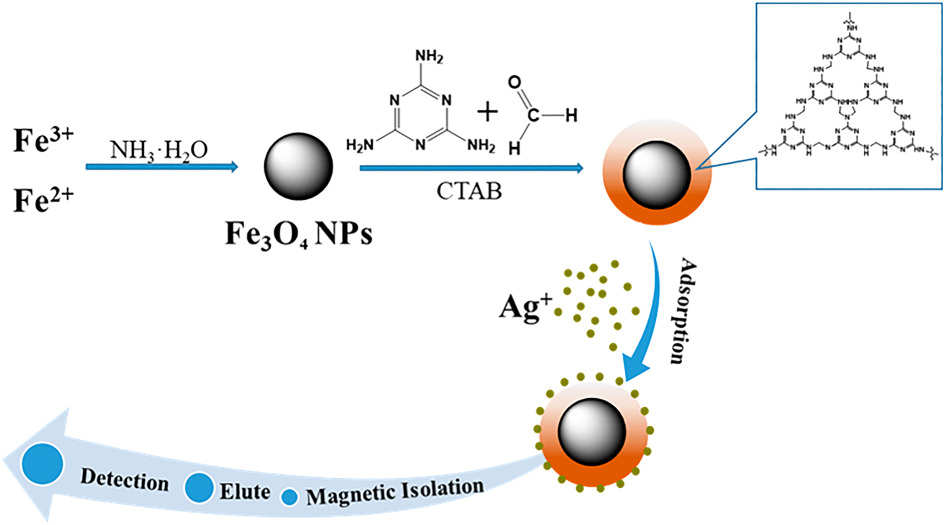
By using commerciallyavailable melamine and formaldehyde as the starting materials, magneticmesoporous melamine-formaldehyde resin (MMF@Fe3O4) possessinglarge surface area was prepared via a simple method and could be used as theefficient adsorbent of magnetic solid phase extraction. Compared with the traditionalsynthetic methods of MMF@Fe3O4, this approach is easilyoperated under mild conditions, time saving and environment-friendly, and canproduce the materials in high yields. The asprepared MMF@Fe3O4possesses good adsorption capacity and selectivity for silver ions.
Accelerated ZnMoO4 photocatalytic degradation of pirimicarb under UV light mediated by peroxymonosulfate
- First Published: 21 July 2019
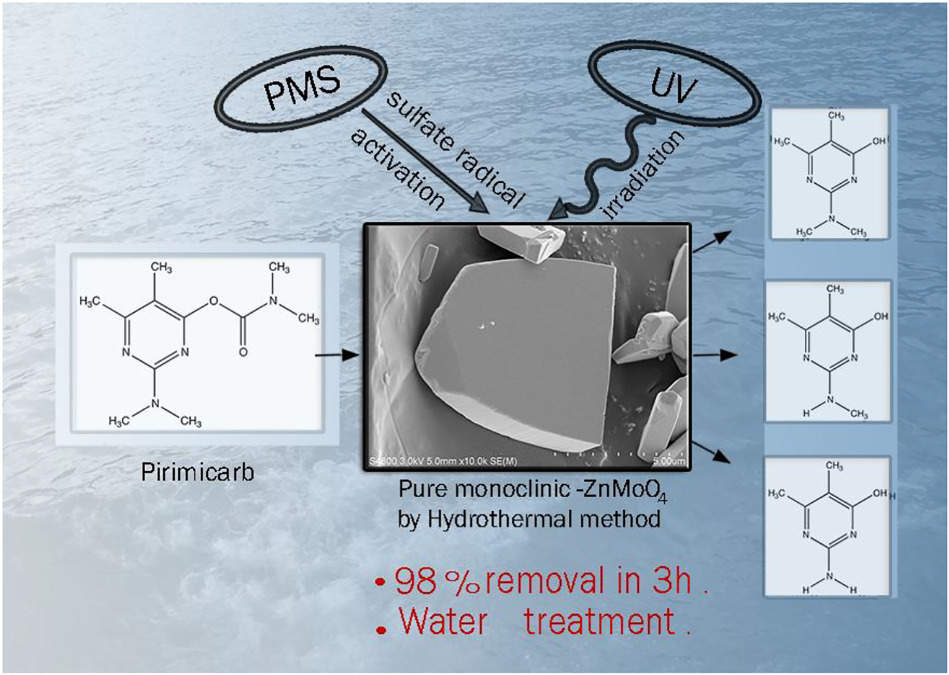
Zinc molybdates were synthesized by the hydrothermal method and combined with peroxymonosulfate (PMS) oxidant to advance water treatment application. The efficient ZnMoO4/PMS/UV system was applied successfully for pirimicarb removal from environmental water samples. The active species and plausible mechanisms of the photocatalytic decomposition of pirimicab using the ZnMoO4/PMS/UV system are evaluated and proposed.
Sensing and photocatalytic properties of nanosized Cu(I)CN organotin supramolecular coordination polymer based on pyrazine
- First Published: 24 July 2019
Epoxidation of cyclohexene with H2O2 over efficient water-tolerant heterogeneous catalysts composed of mono-substituted phosphotungstic acid on co-functionalized SBA-15
- First Published: 18 July 2019
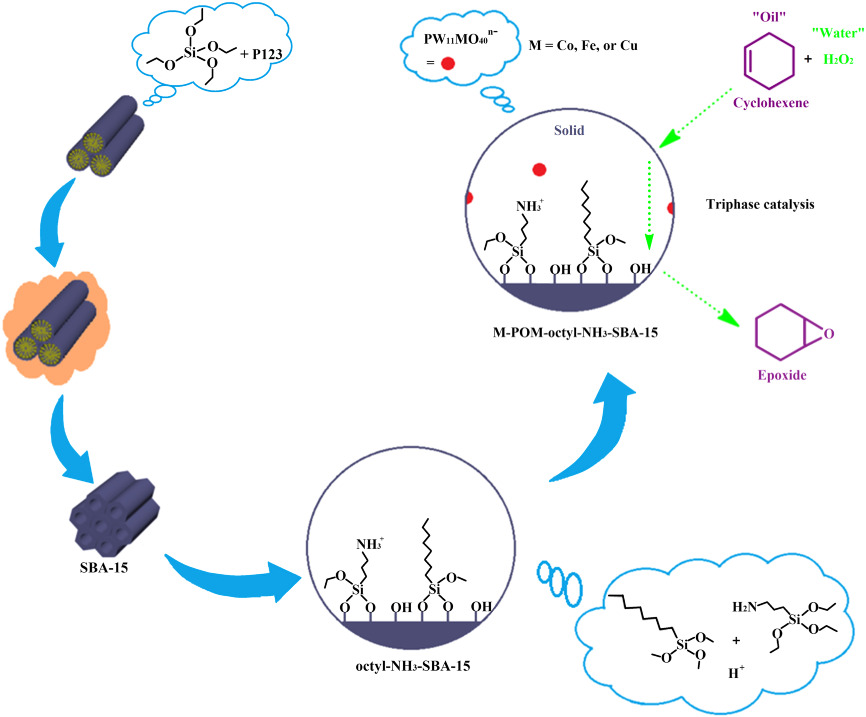
A series of polyoxometalate-based heterogeneous catalysts (Co-/Fe-/Cu-POM-octyl-NH3-SBA-15) were synthesized via immobilized Co/Fe/Cu mono-substituted phosphotungstic acids on octyl-amino-co-functionalized SBA-15. Co-/Fe-/Cu-POM-octyl-NH3-SBA-15 with both Brønsted and Lewis acid sites showed excellent activity in cyclohexene epoxidation with the order of Co-POM-octyl-NH3-SBA-15 > Fe-POM-octyl-NH3-SBA-15 > Cu-POM-octyl-NH3-SBA-15. Hydrophobic alkyl groups in SBA-15 surface accelerated diffusion of reactants to catalysis center. Besides, Co-POM-octyl-NH3-SBA-15 exhibited better activity than that of some different heteropolyacid-based supported catalysts reported for cyclohexene epoxidation, and it was reused six times with consistent activity.
COMMUNICATIONS
Tetraphenylporphyrin-based dual-functional medical agent for magnetic resonance and fluorescence imaging
- First Published: 07 July 2019
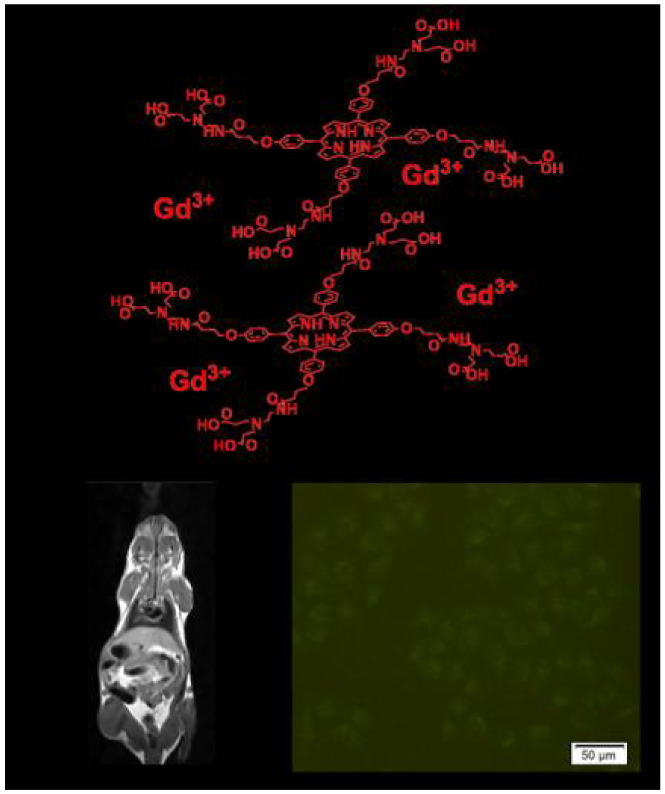
A bimodal medical agent, TPP-M-Gd, was developed to give more detailed information of biological and disease-related events through NMR and fluorescence imaging. In vivo and in vitro studies suggested that the synthesized agent could enhance T1-weighted magnetic resonance imaging. The imaging in cells showed its potential function as a fluorescence probe. Low cytotoxicity makes it quite safe for clinical application.
Zirconium catalyzed amide formation without water scavenging
- First Published: 16 July 2019
Mesoporous carbon supported ultrasmall palladium particles as highly active catalyst for Suzuki-Miyaura reaction
- First Published: 25 July 2019




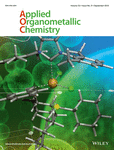
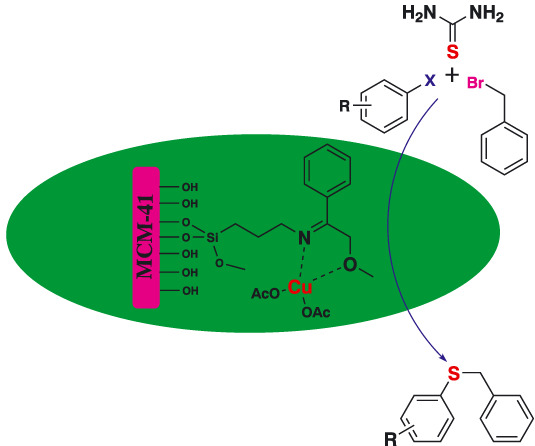
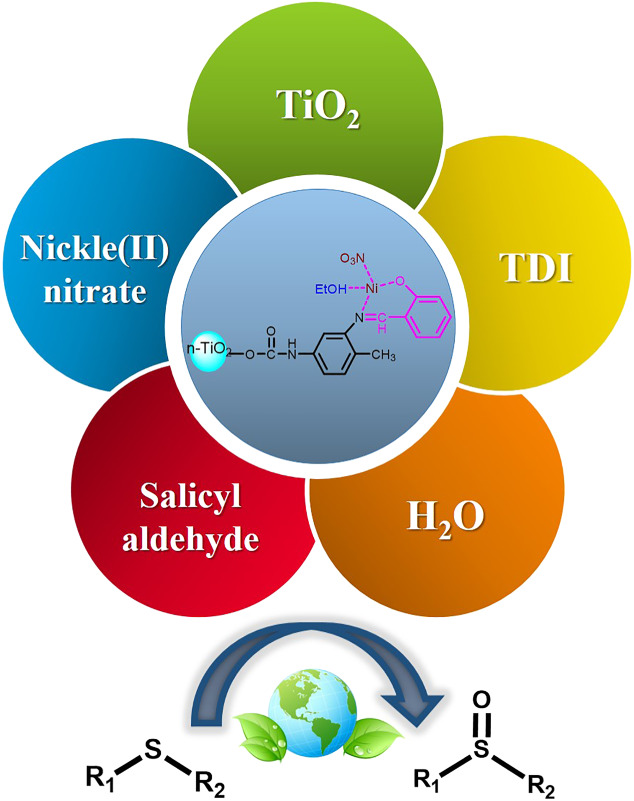
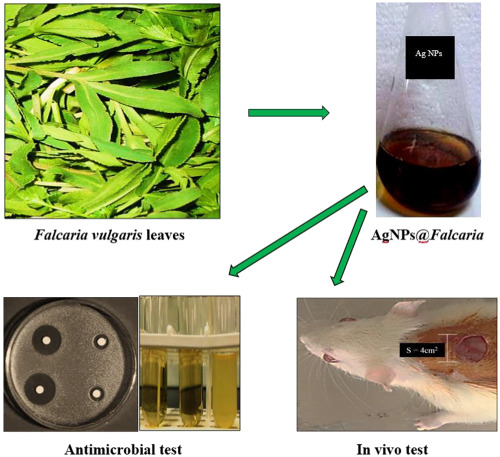
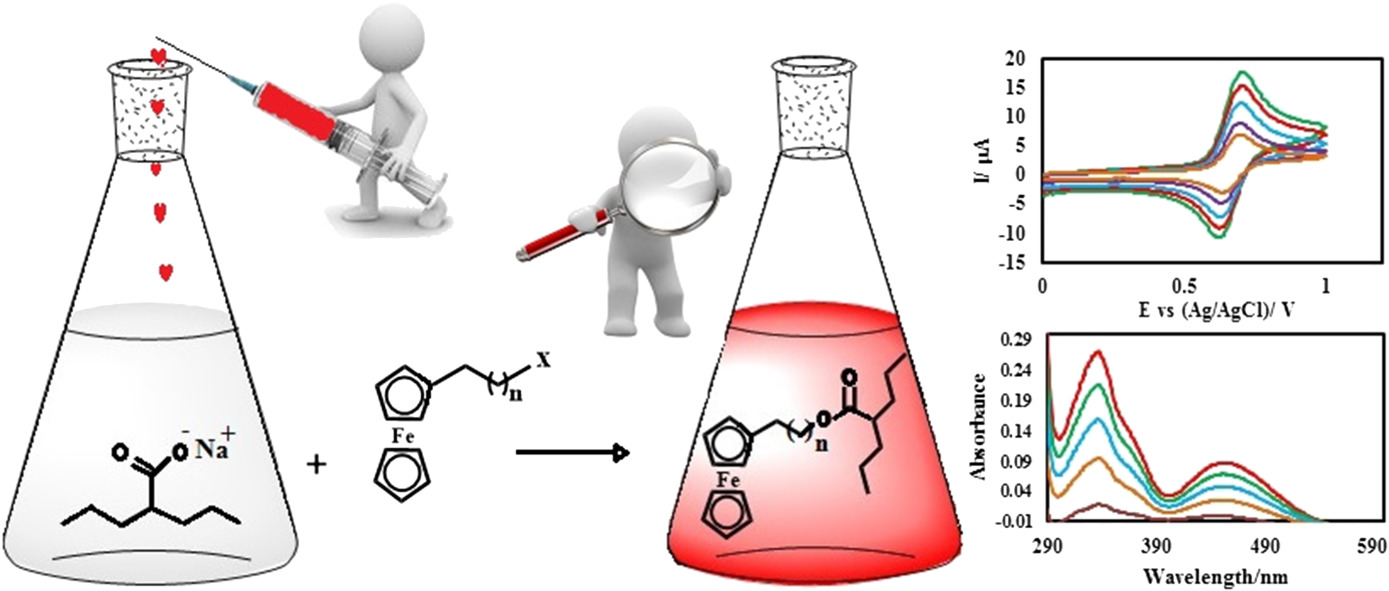
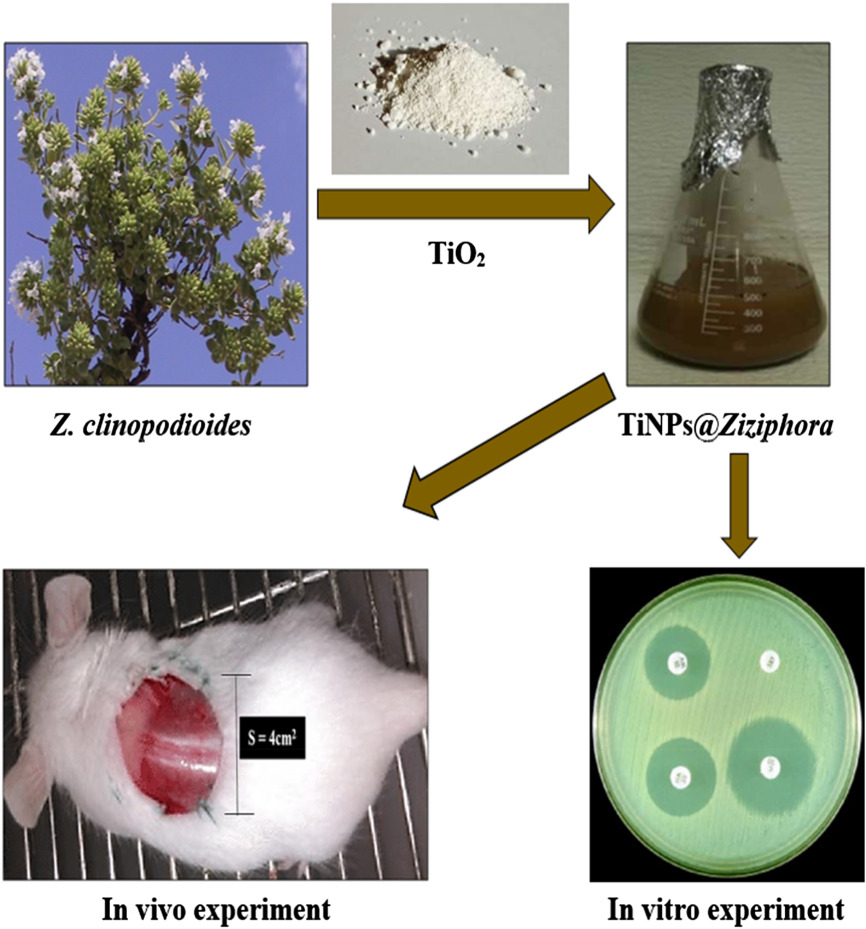
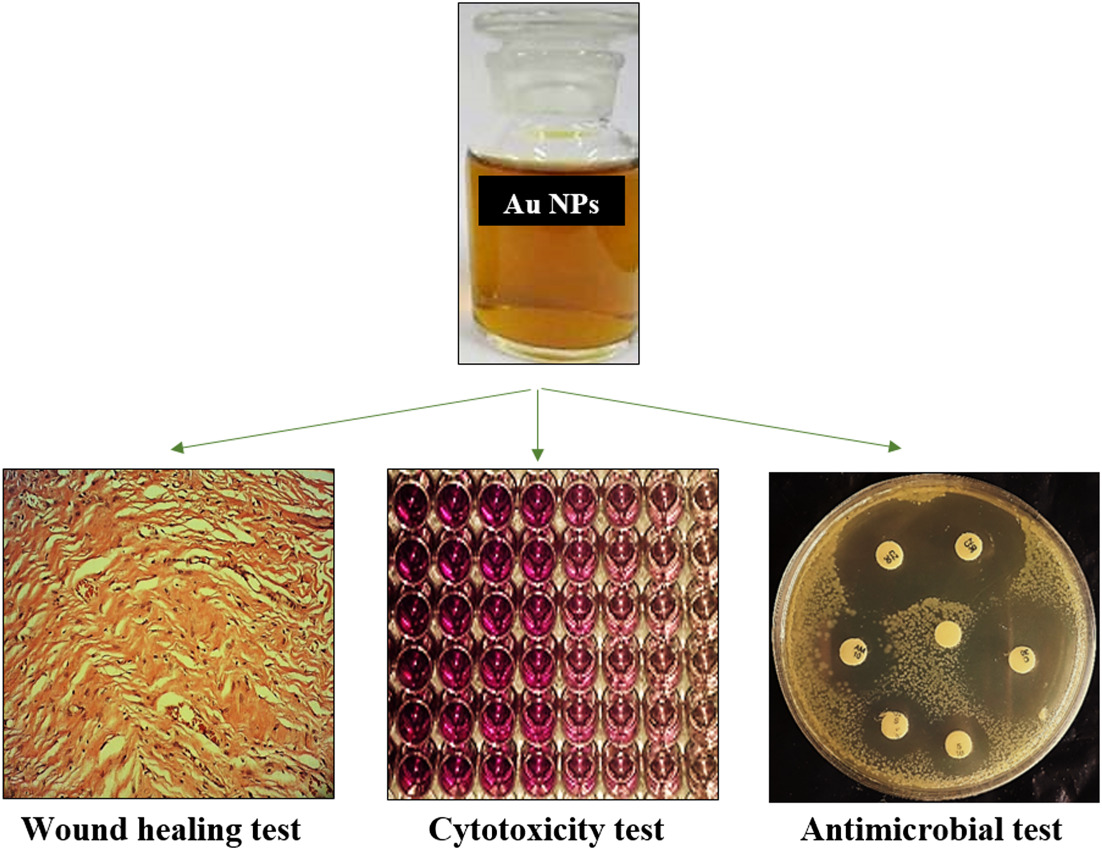
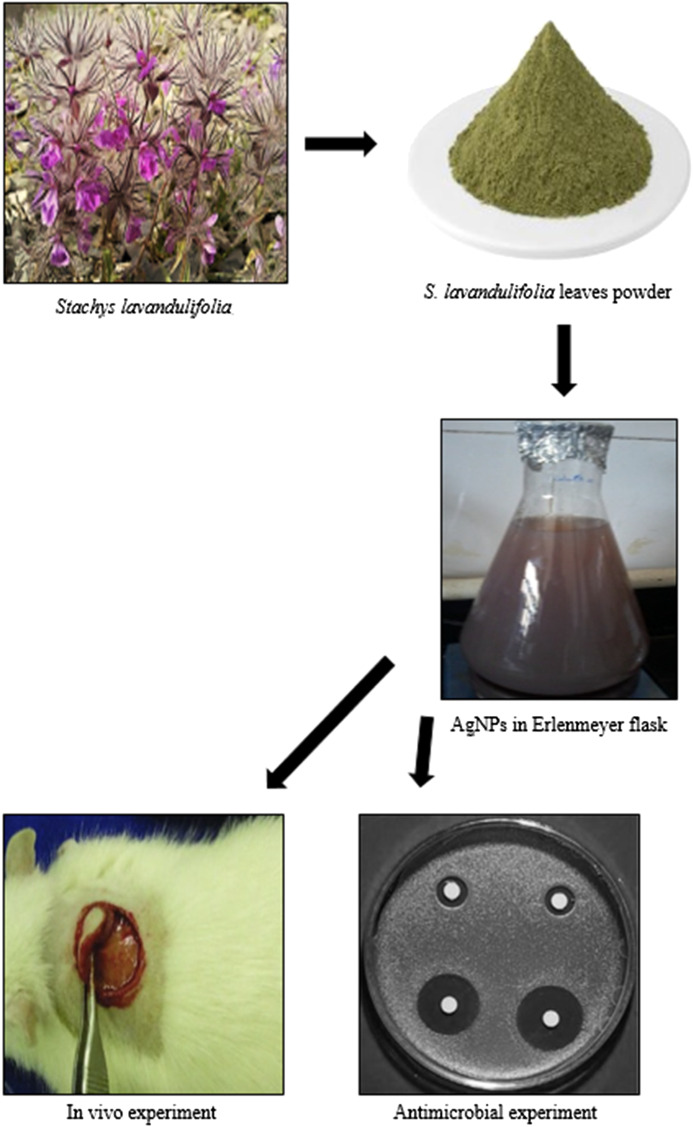
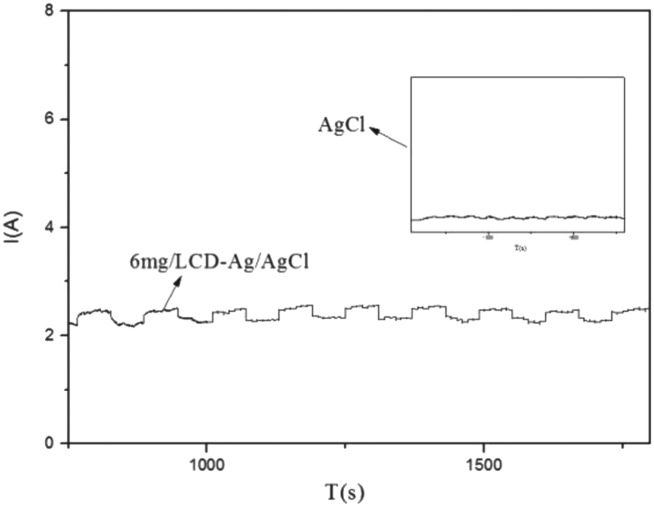
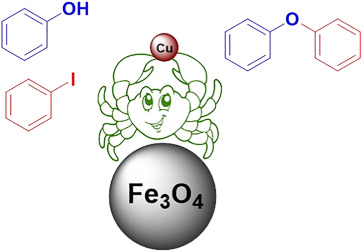
![Ag3[PMo12O40]: An efficient and green catalyst for the synthesis of highly functionalized pyran-annulated heterocycles via multicomponent reaction](/cms/asset/821e4061-0c70-4dd7-8d4b-ed3d219c8c47/aoc5043-toc-0001-m.jpg)
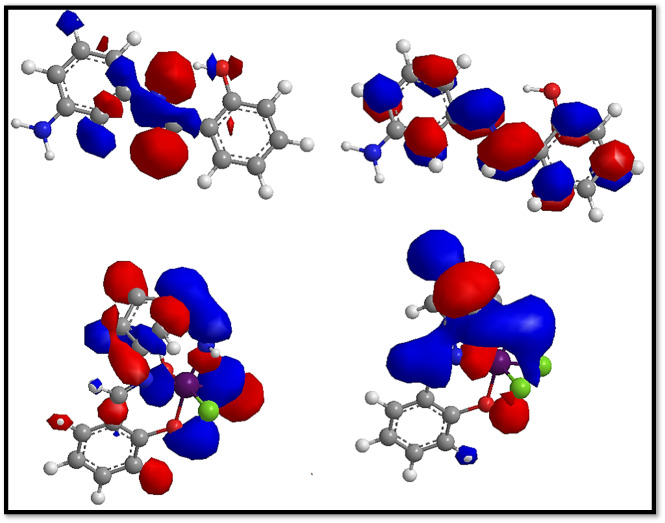
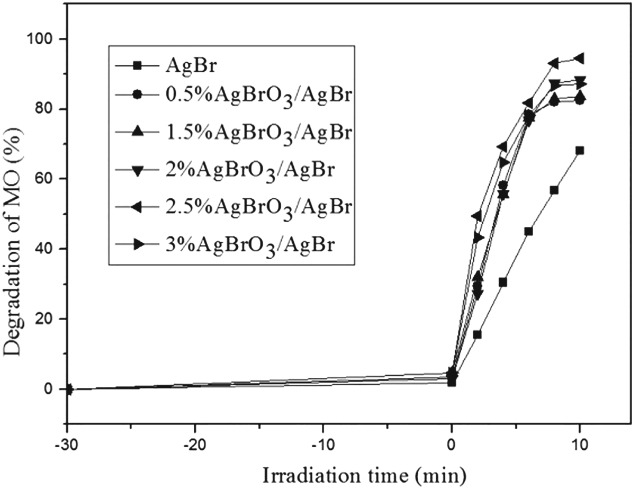
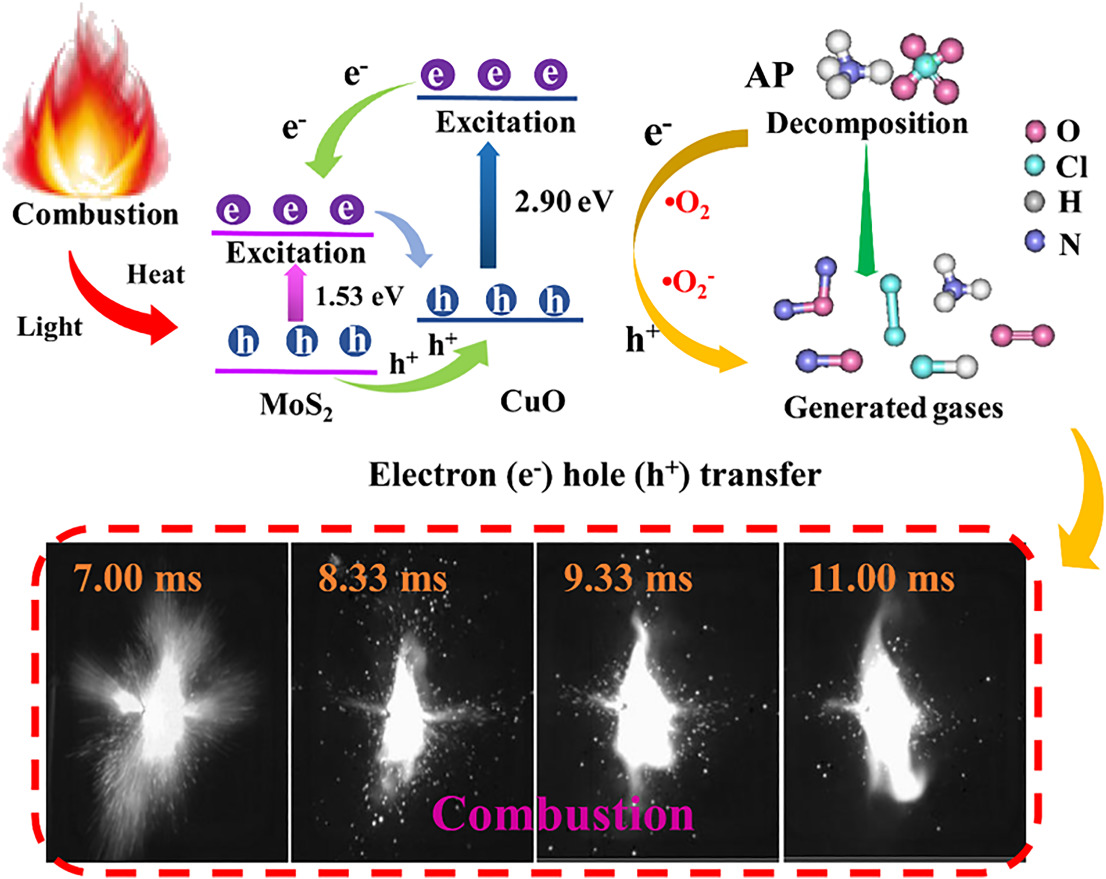
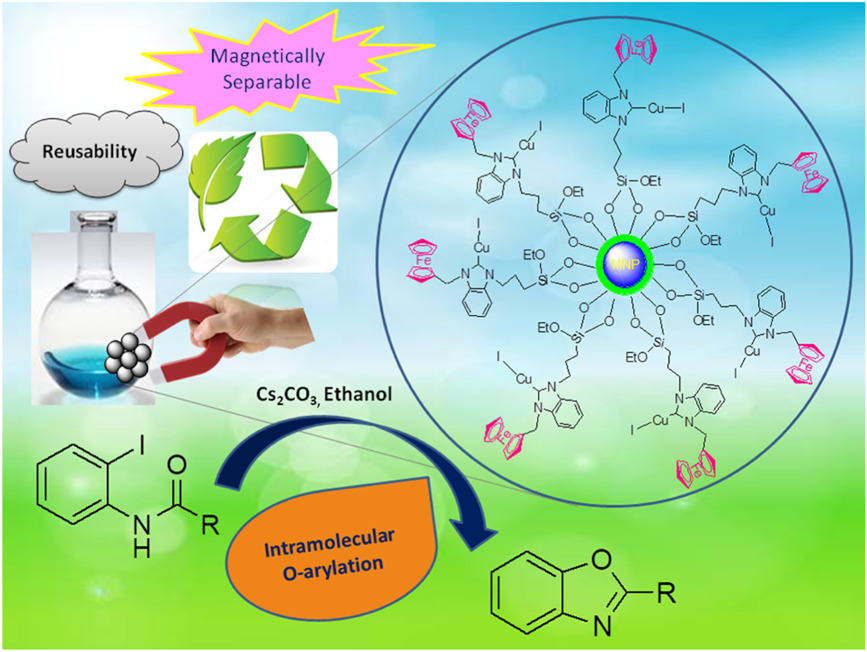
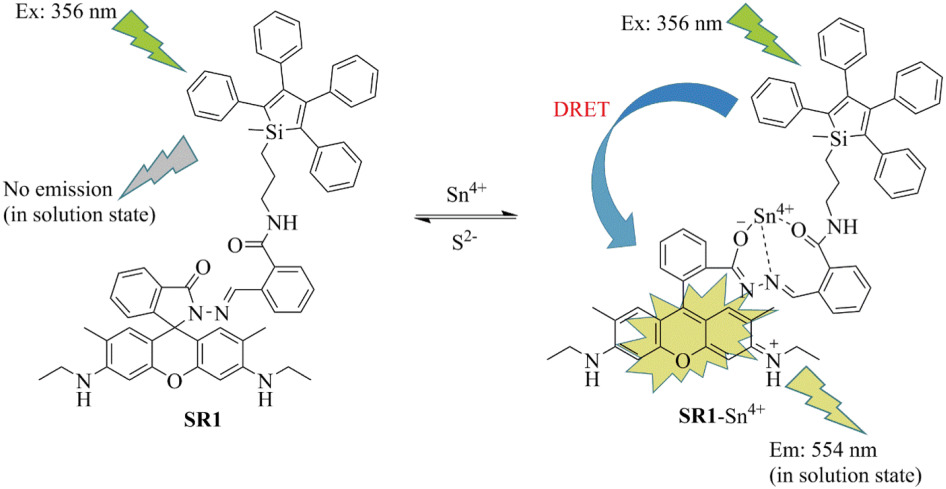
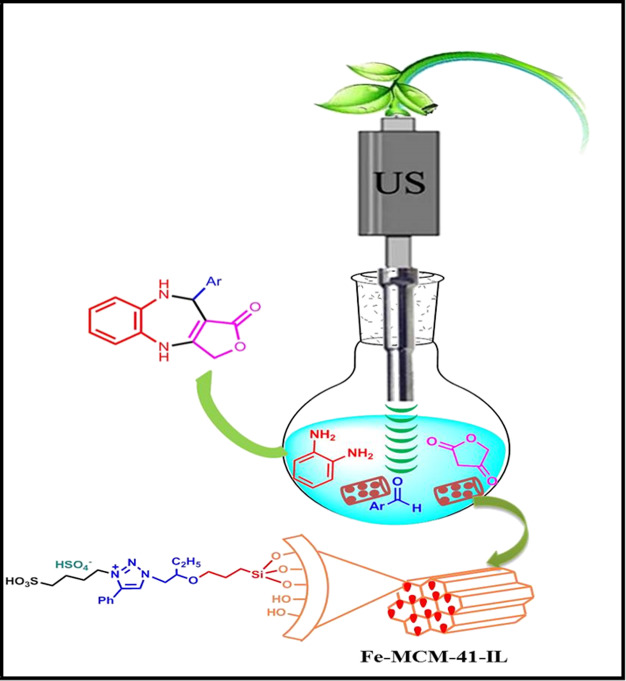
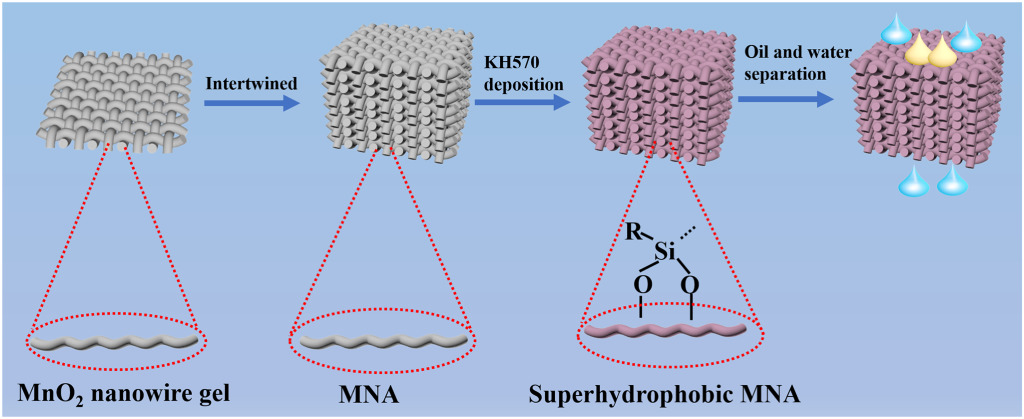
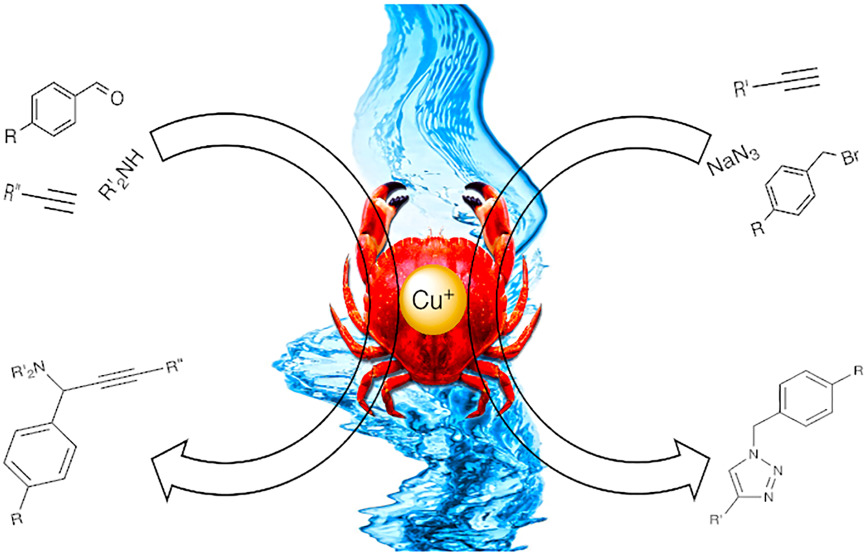

![Crystal structure, Hirshfeld surface analysis, Thermal study and Conduction mechanism of [(C4H9)4P]3Bi2Cl9 compound](/cms/asset/176cca93-9a04-46f6-bf19-1d019770cc9f/aoc5078-toc-0001-m.jpg)


